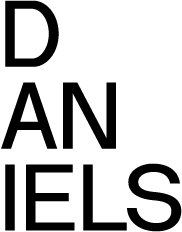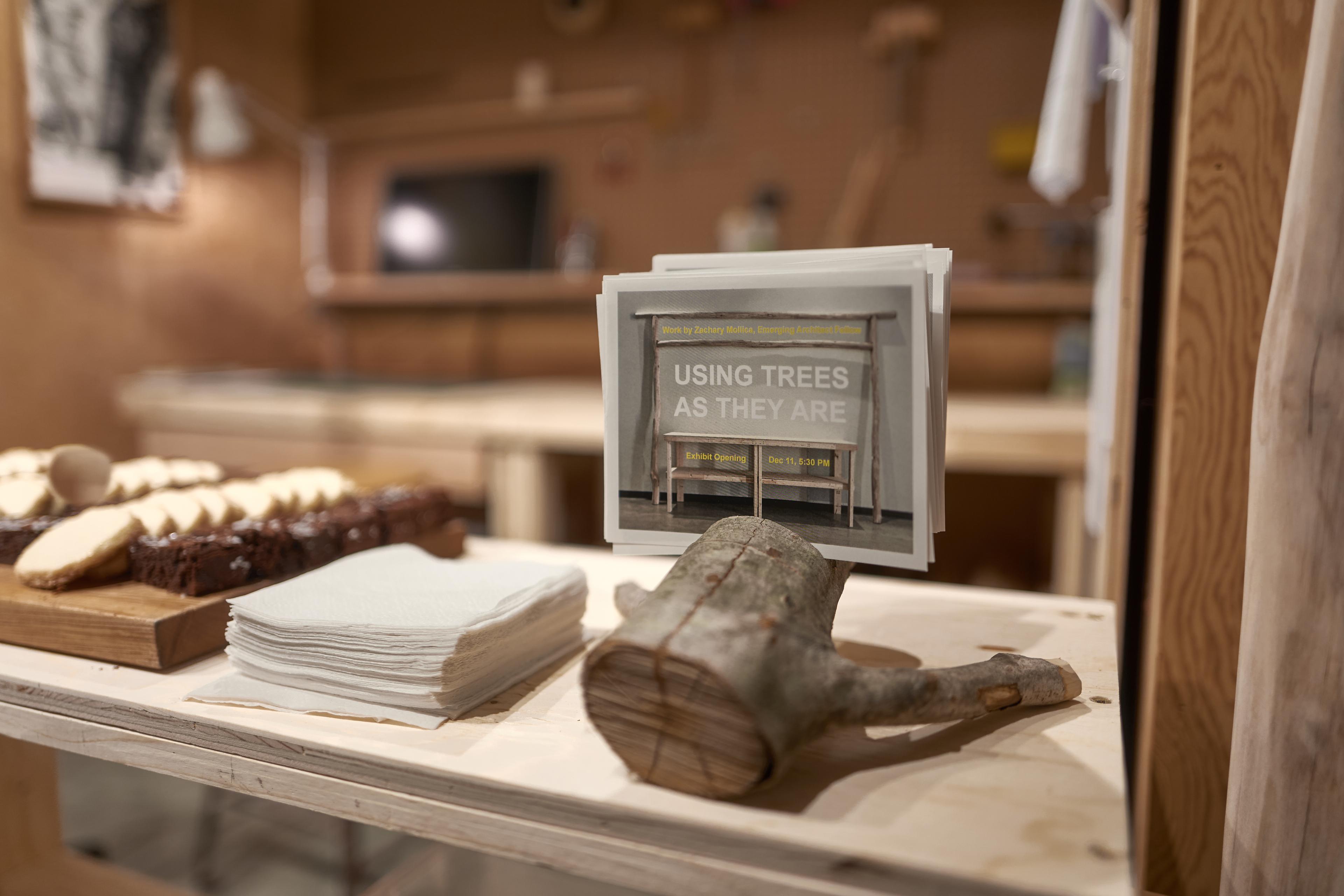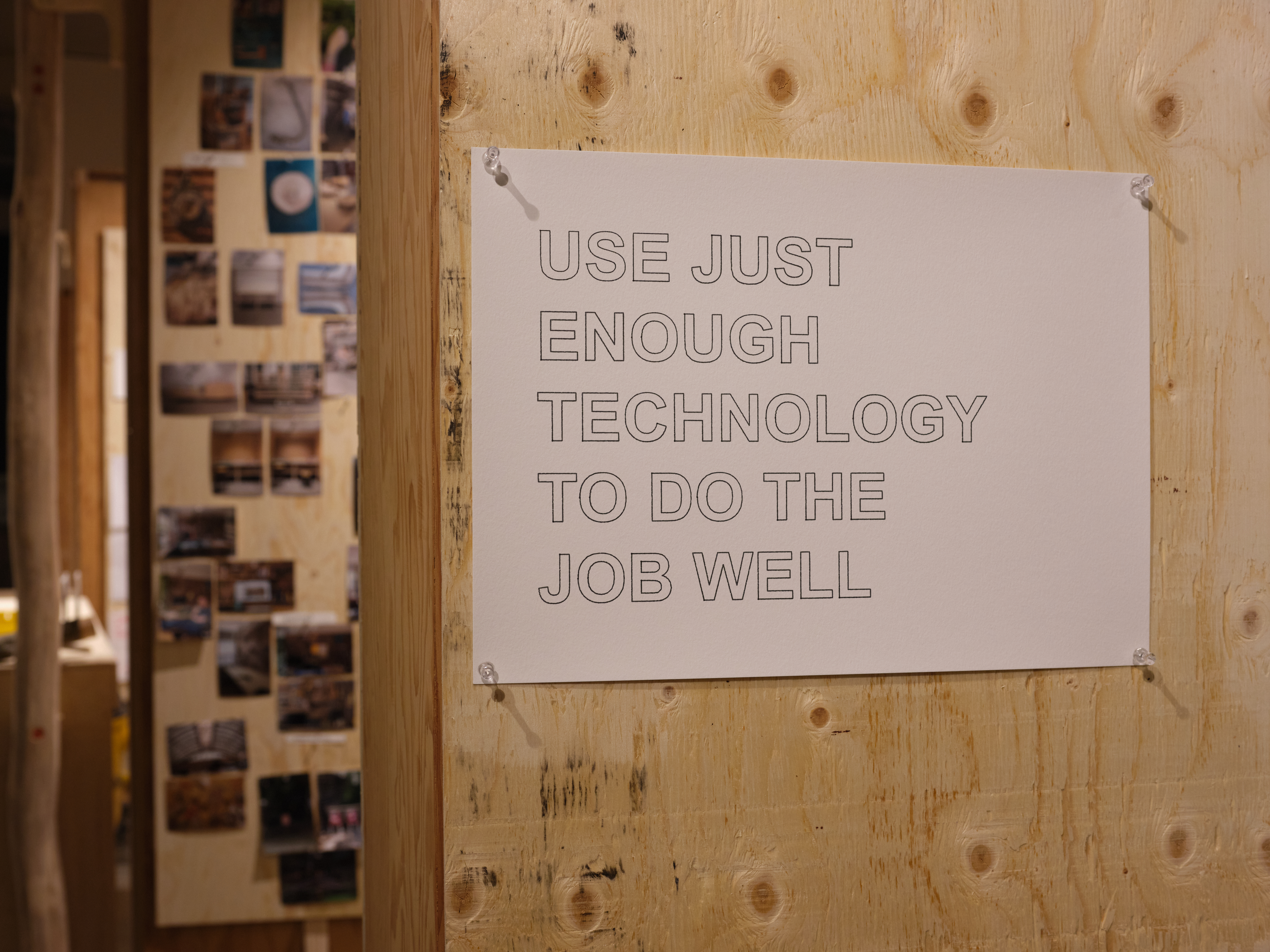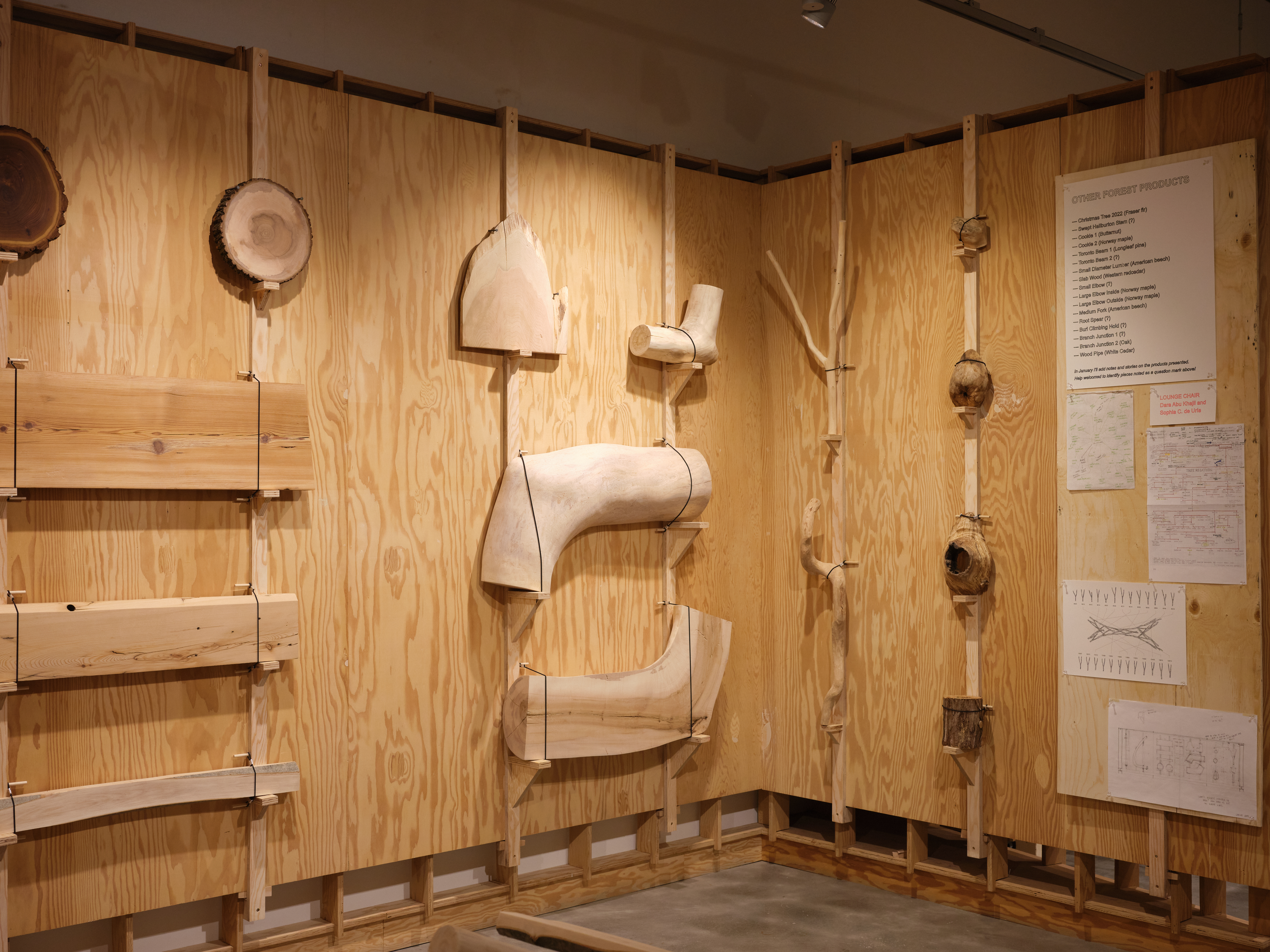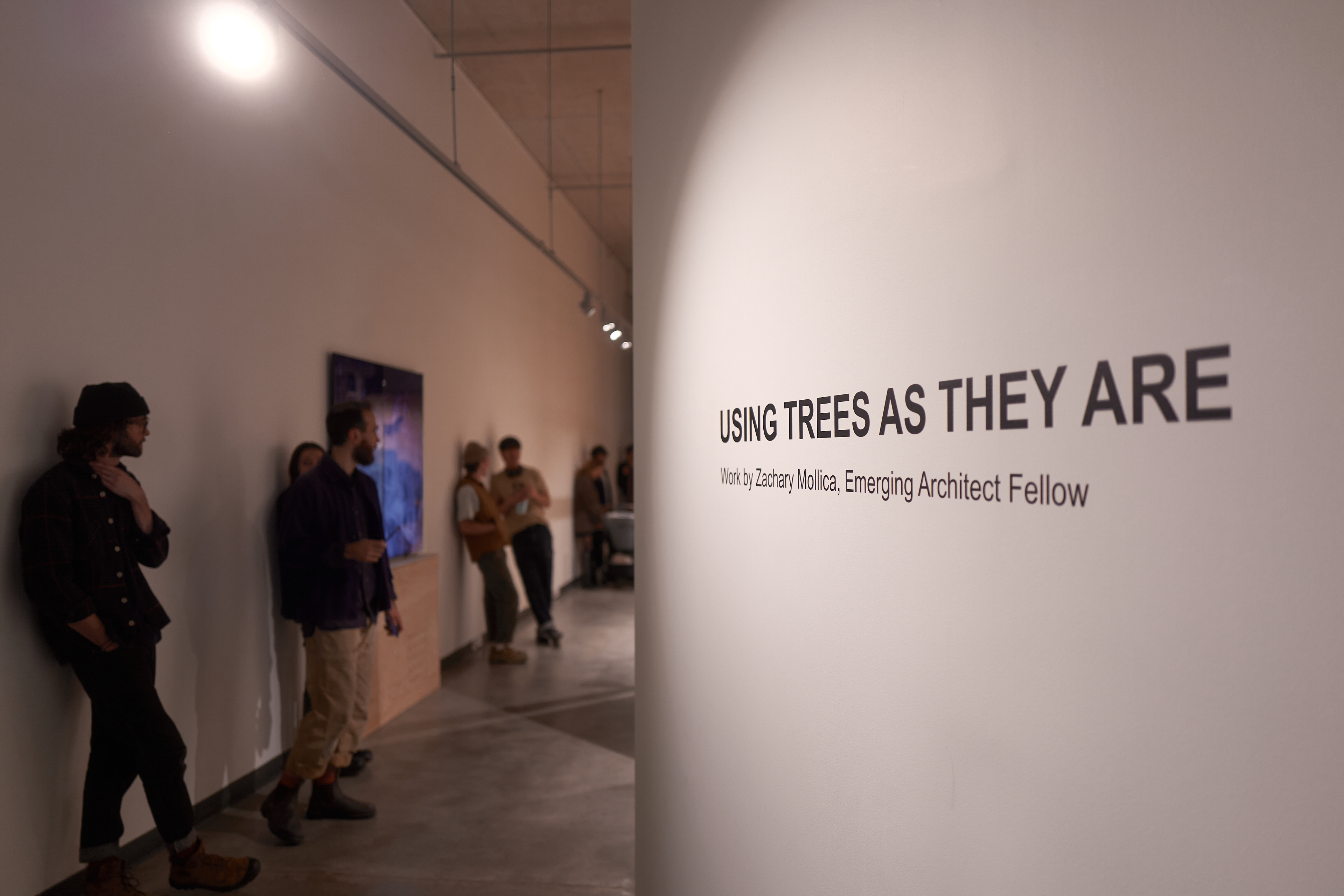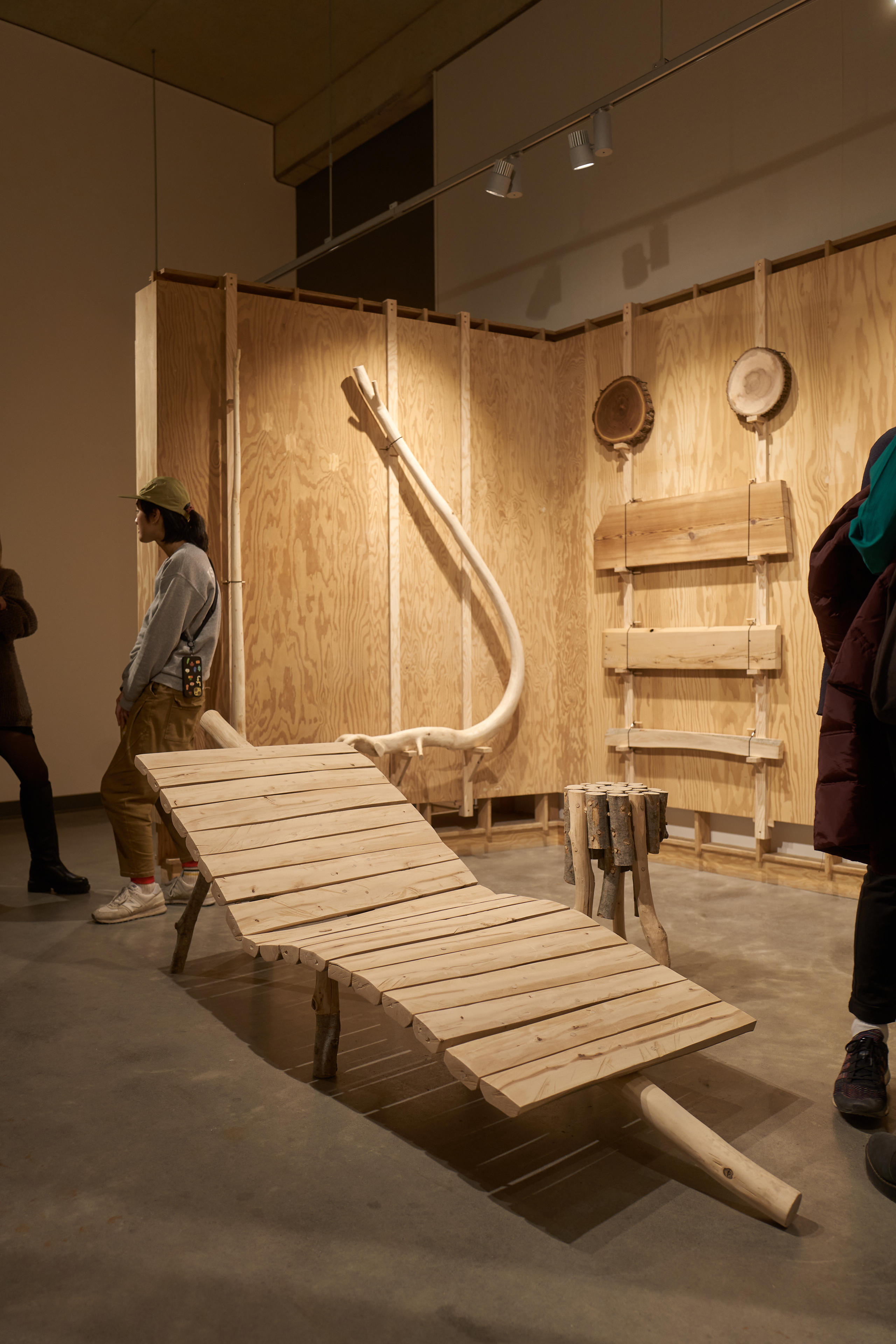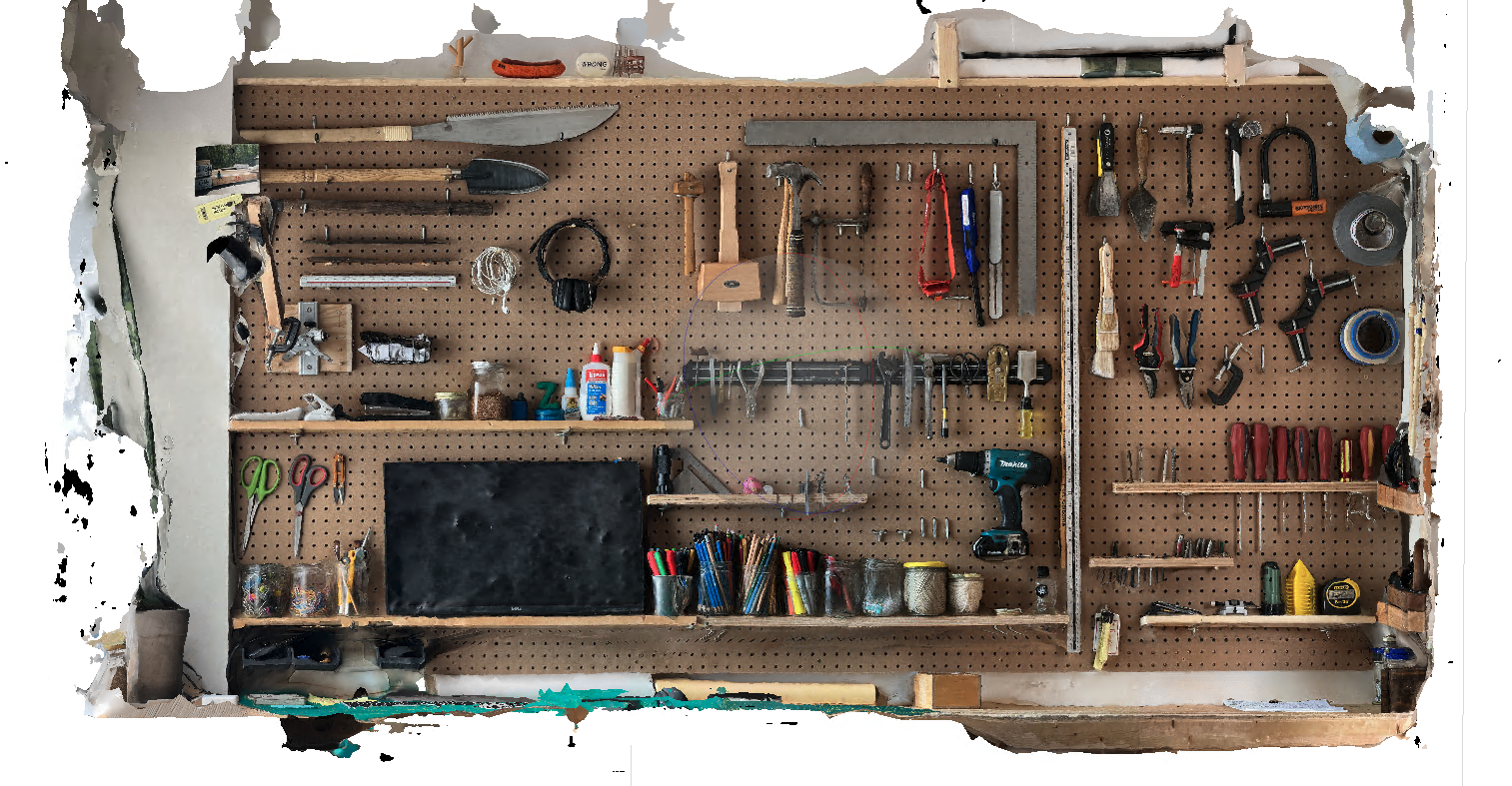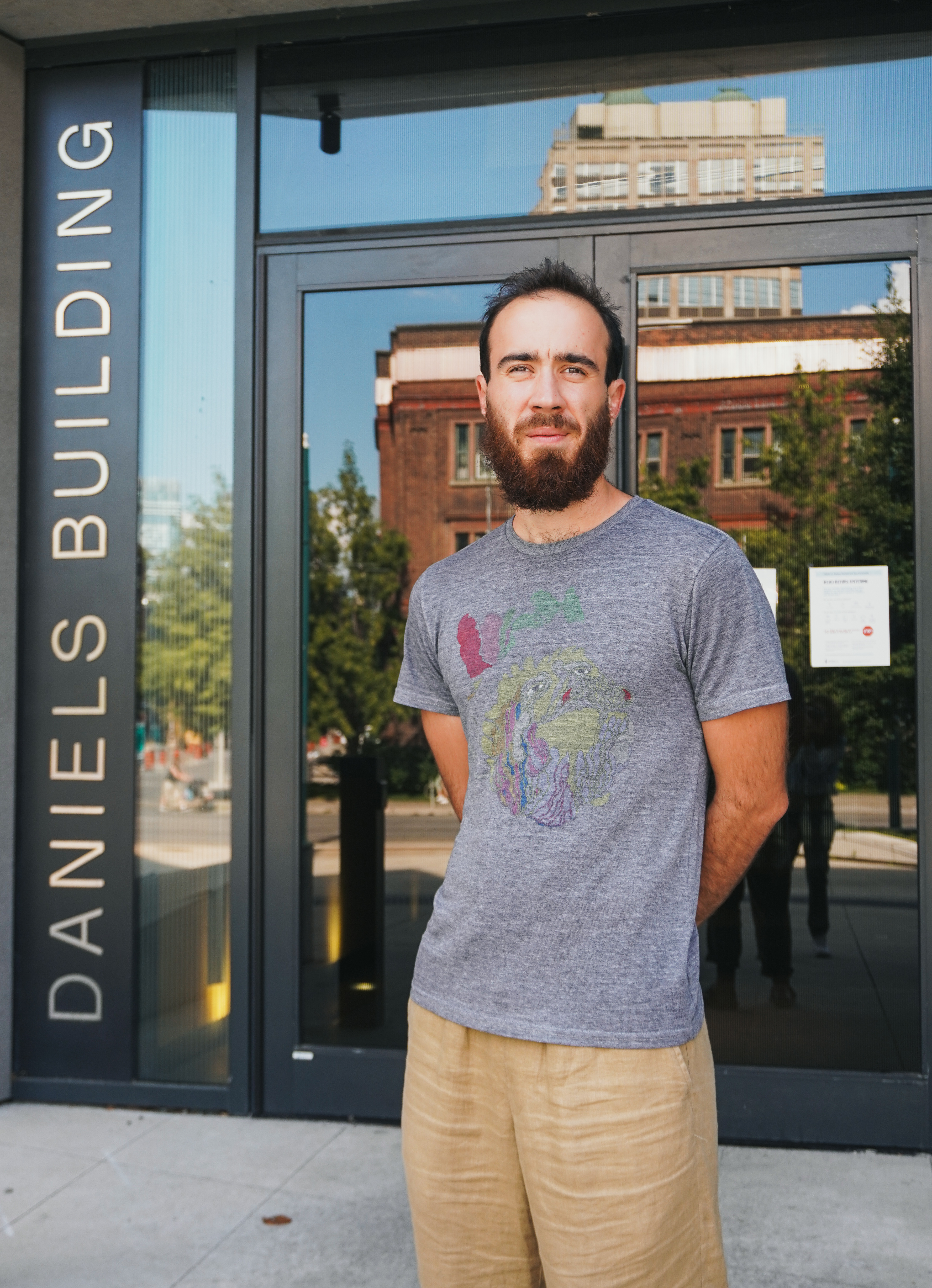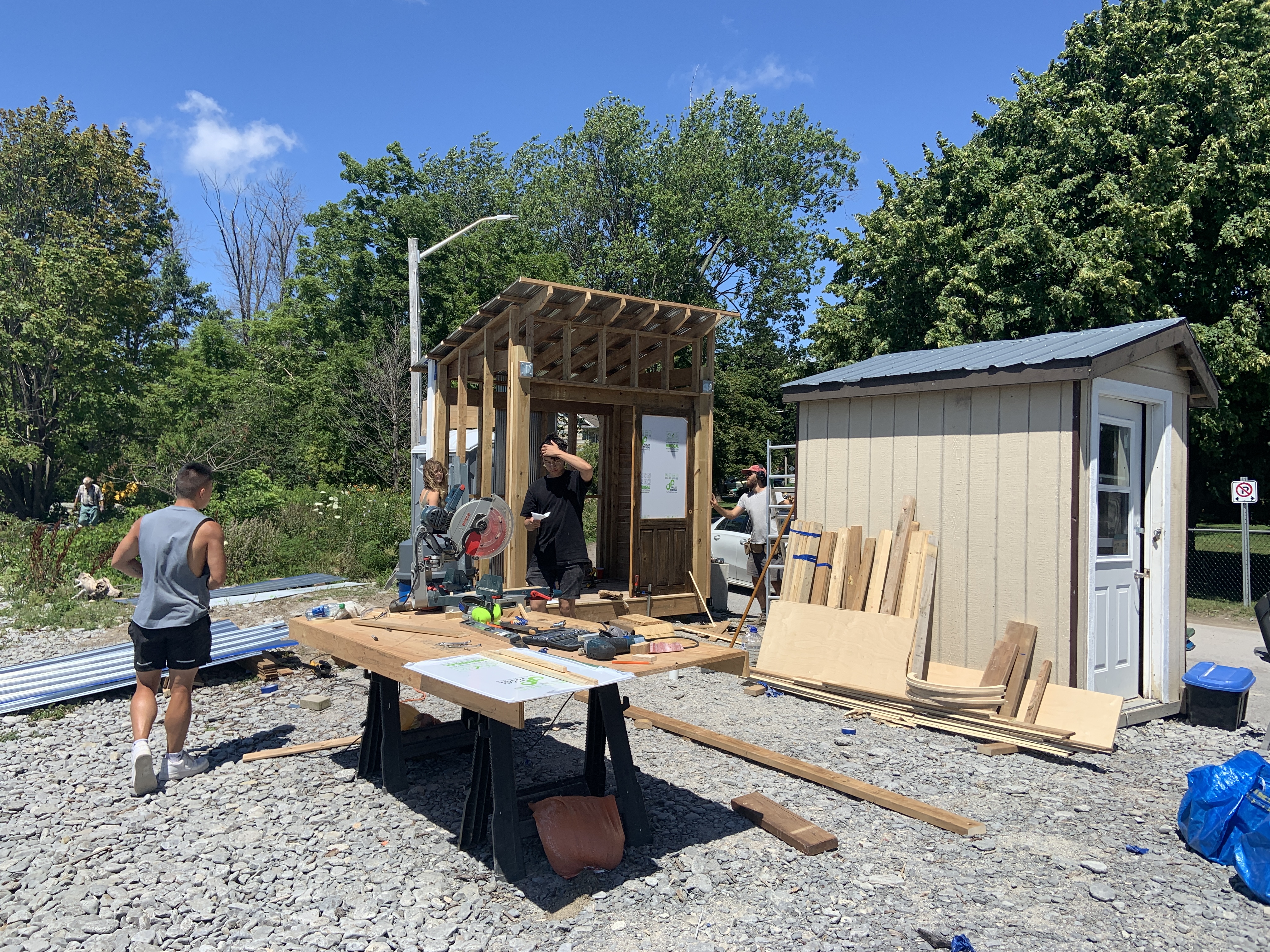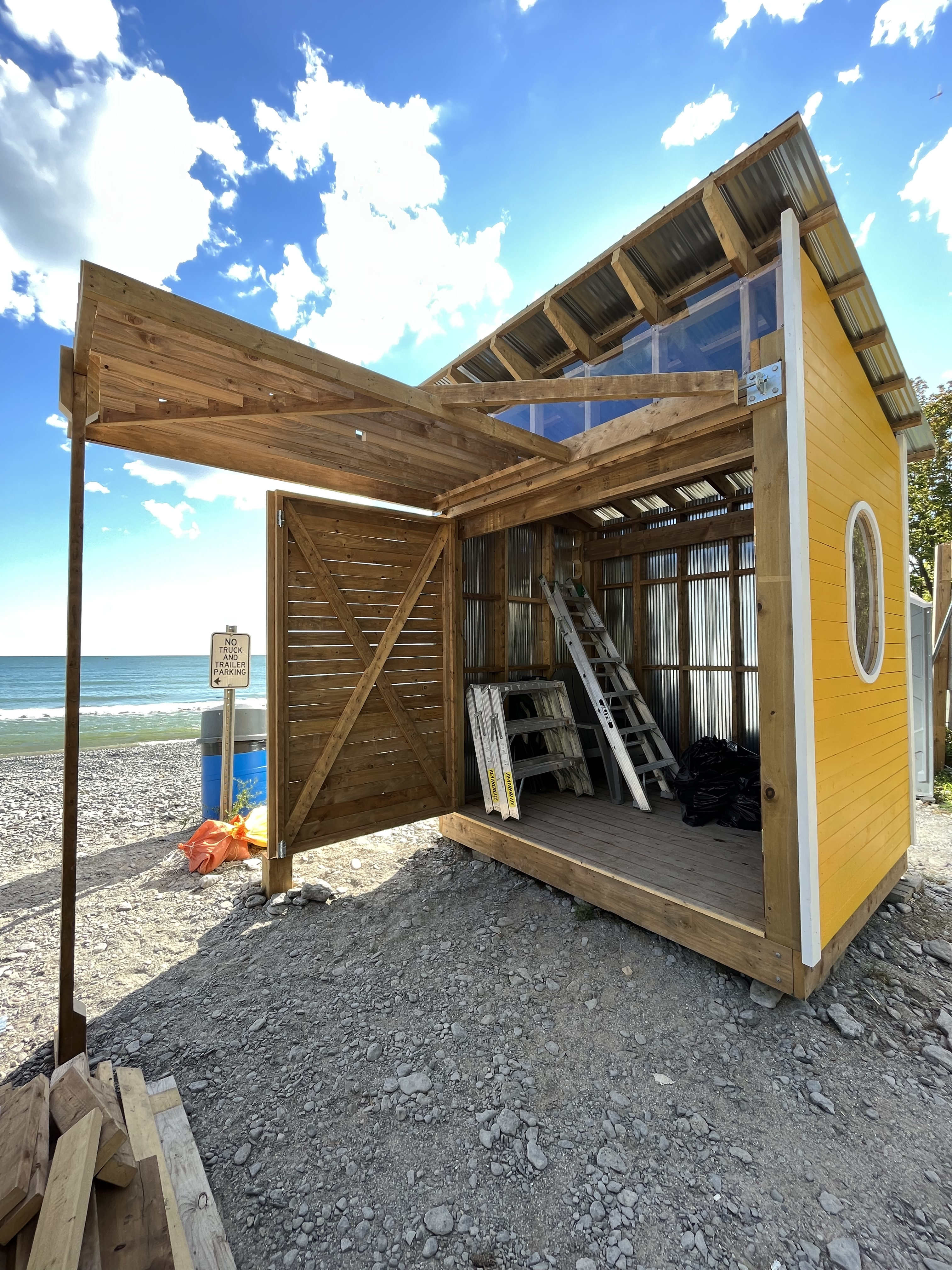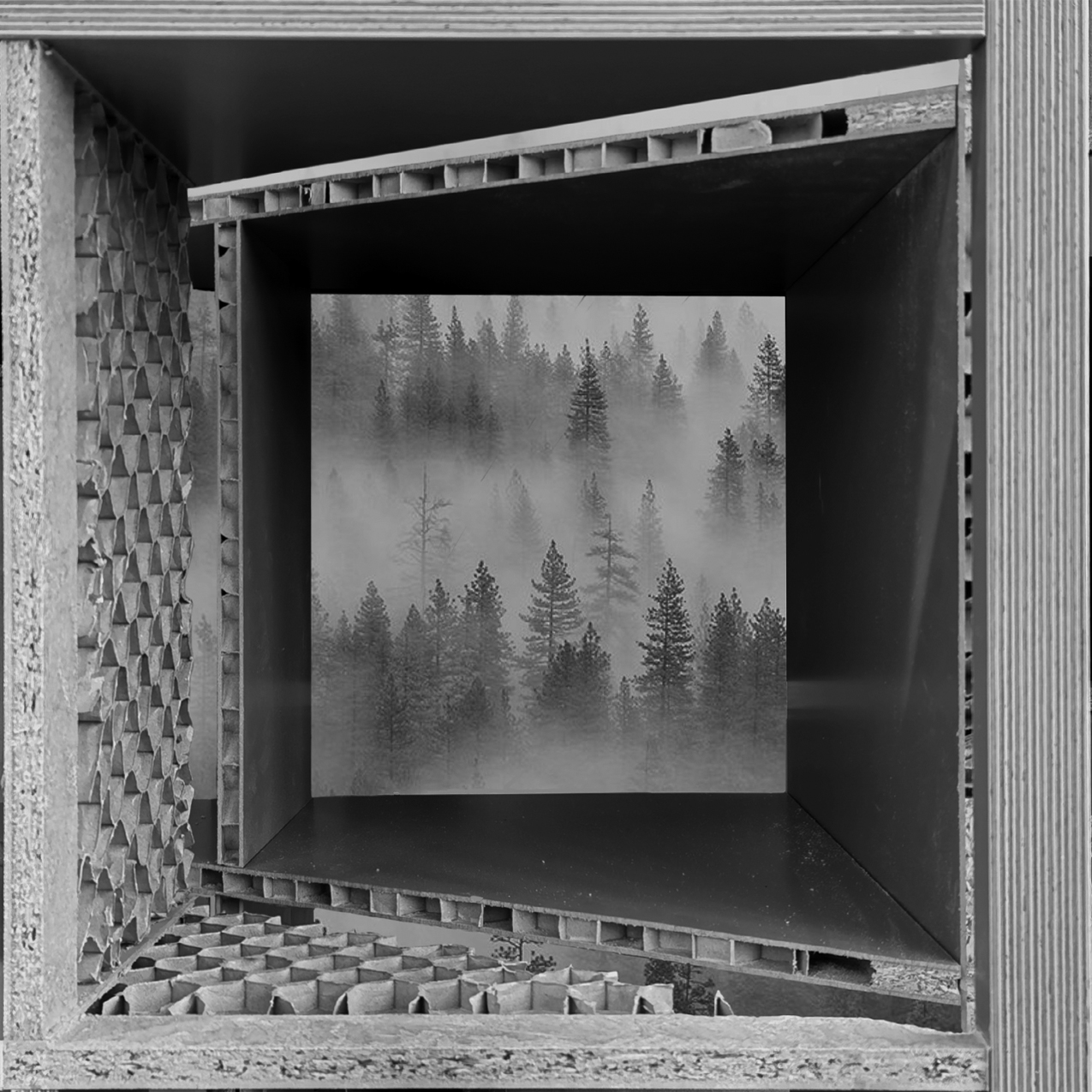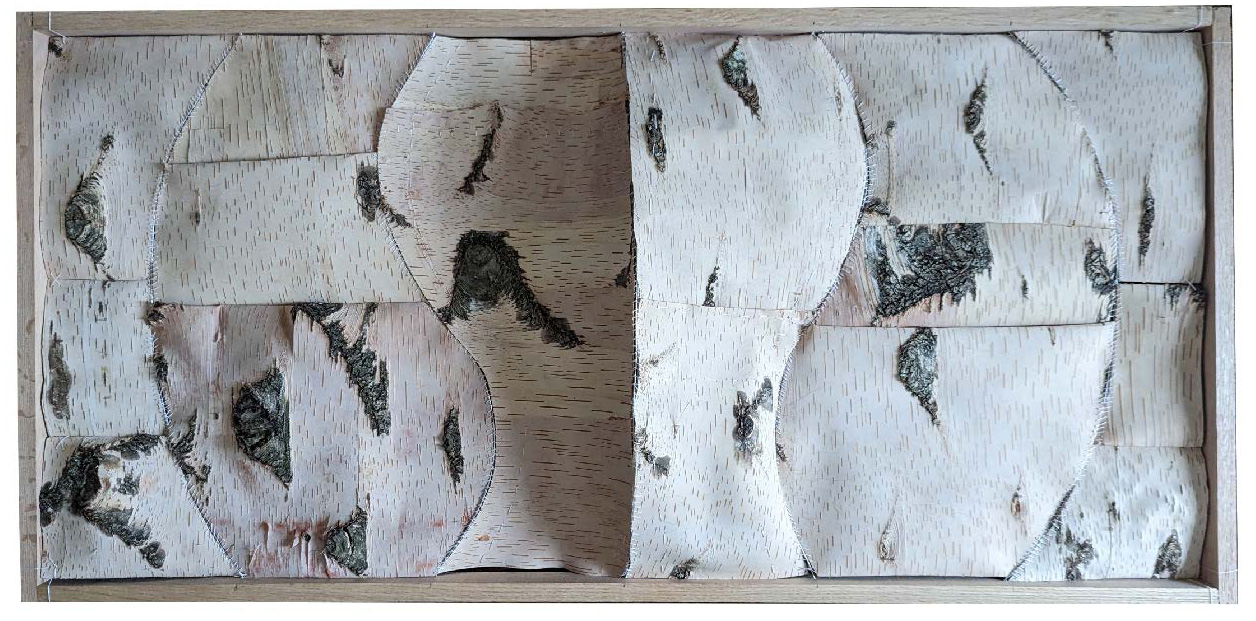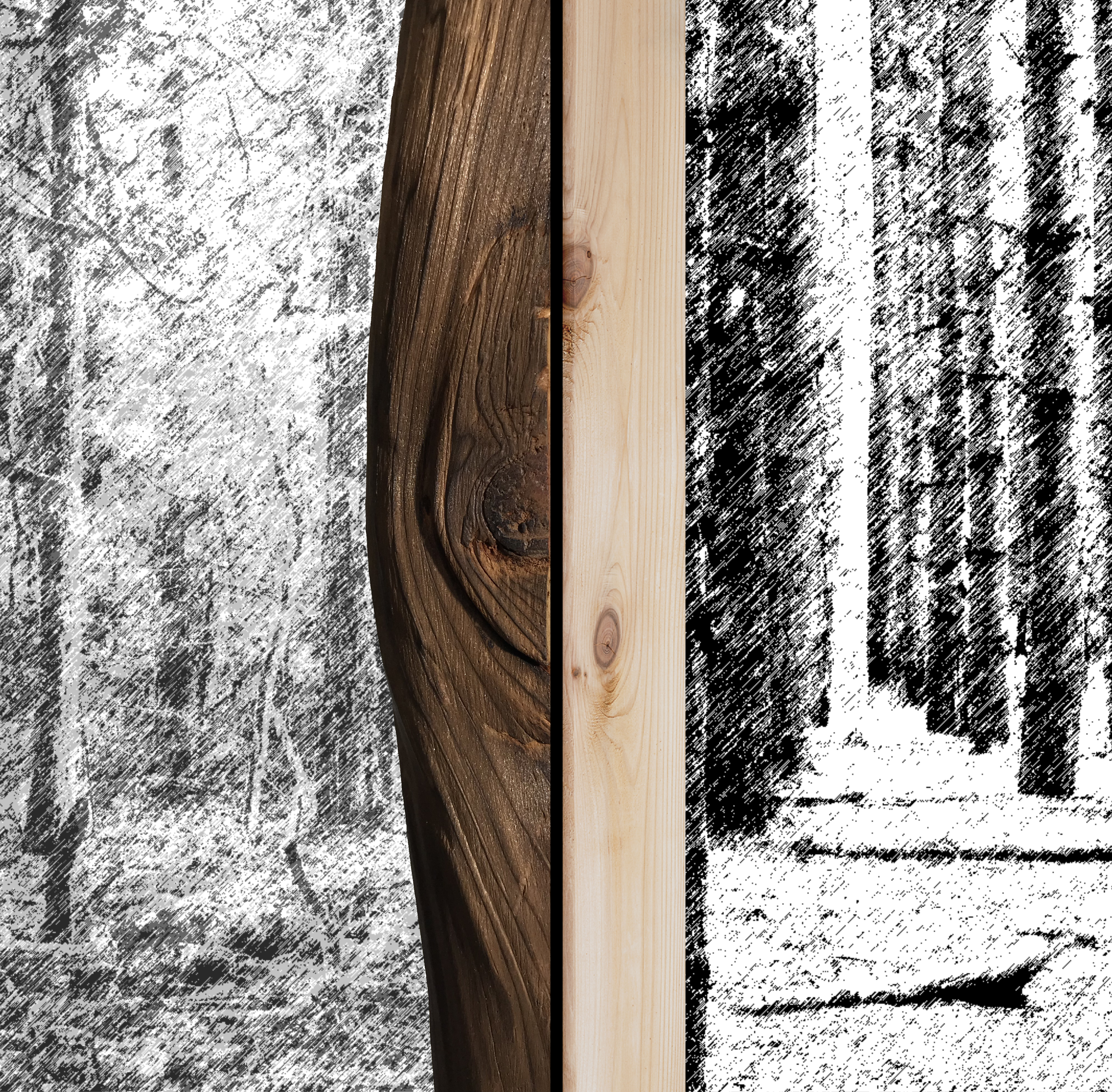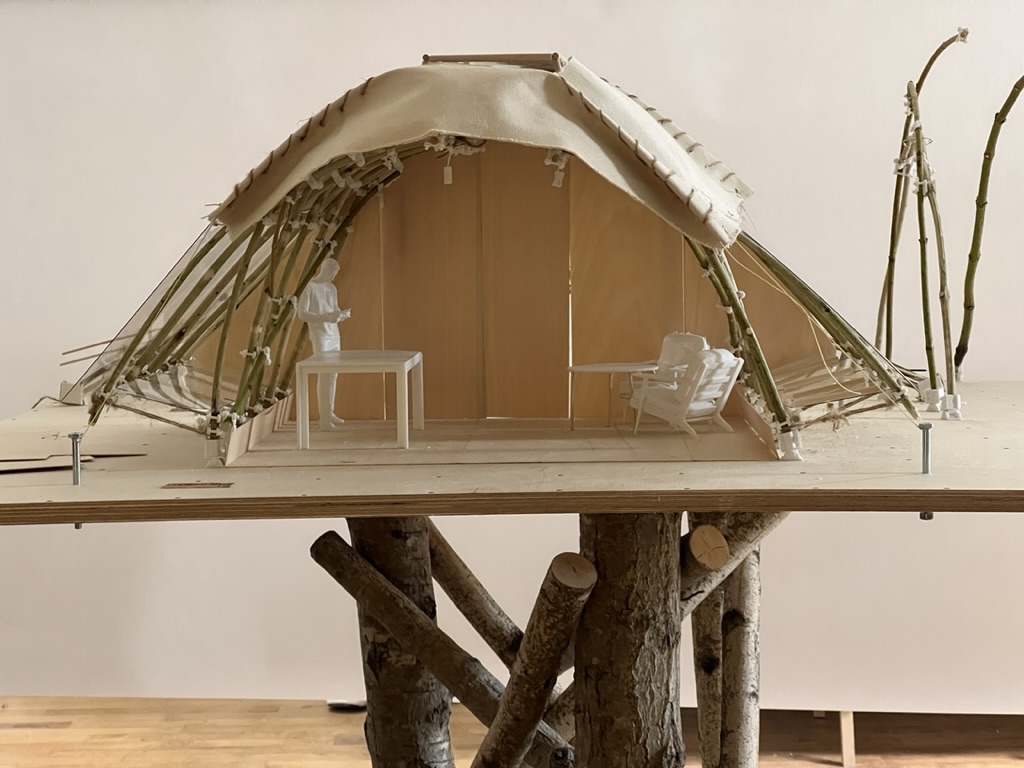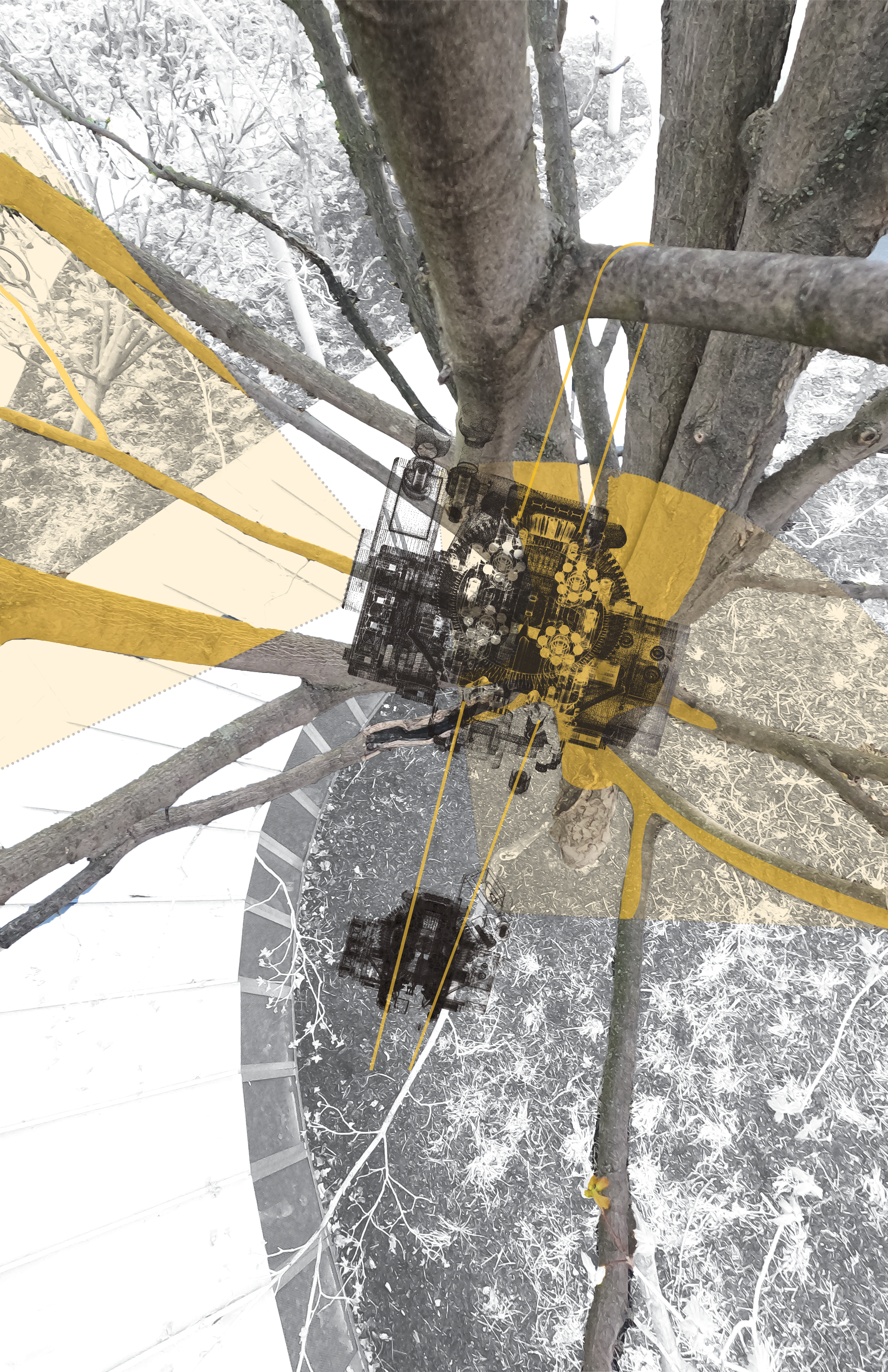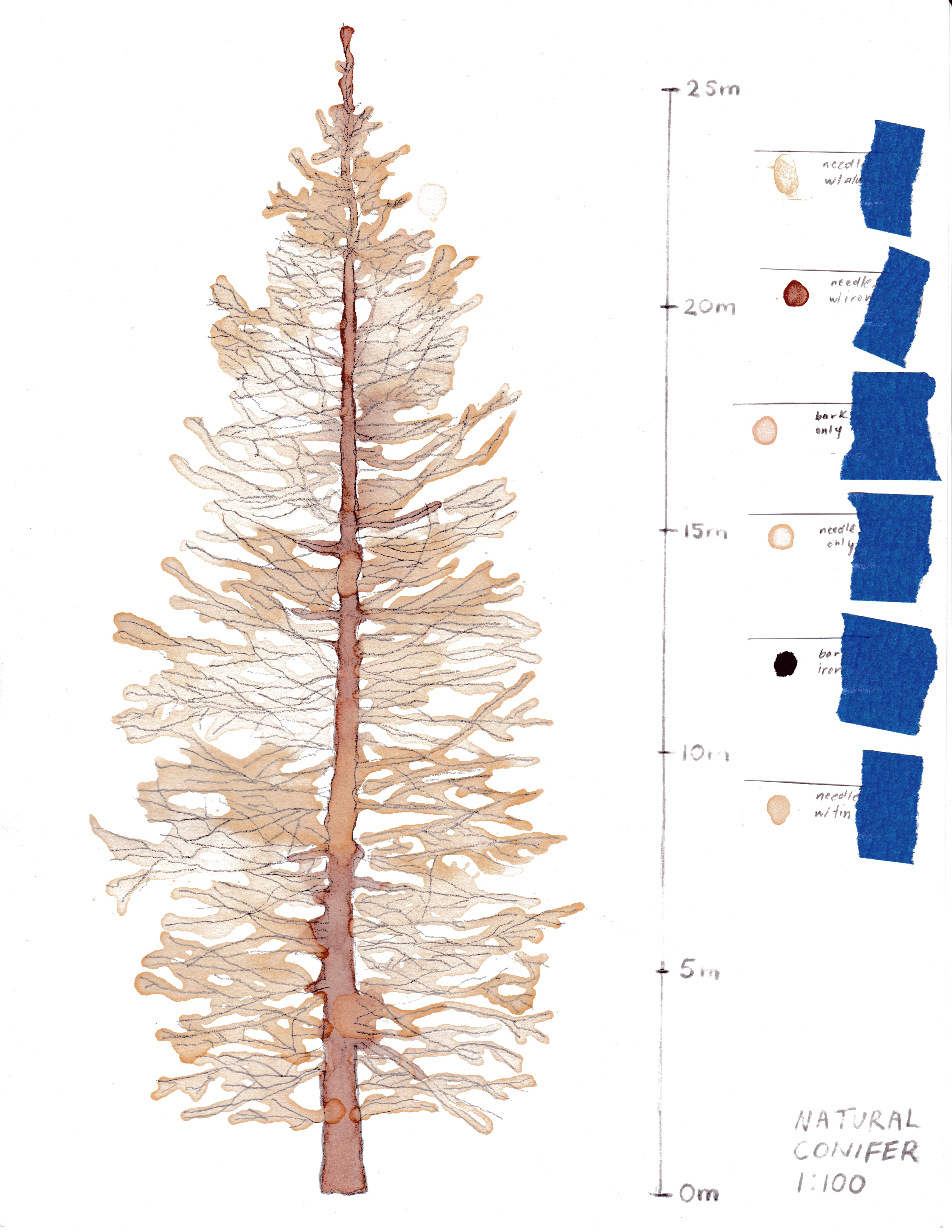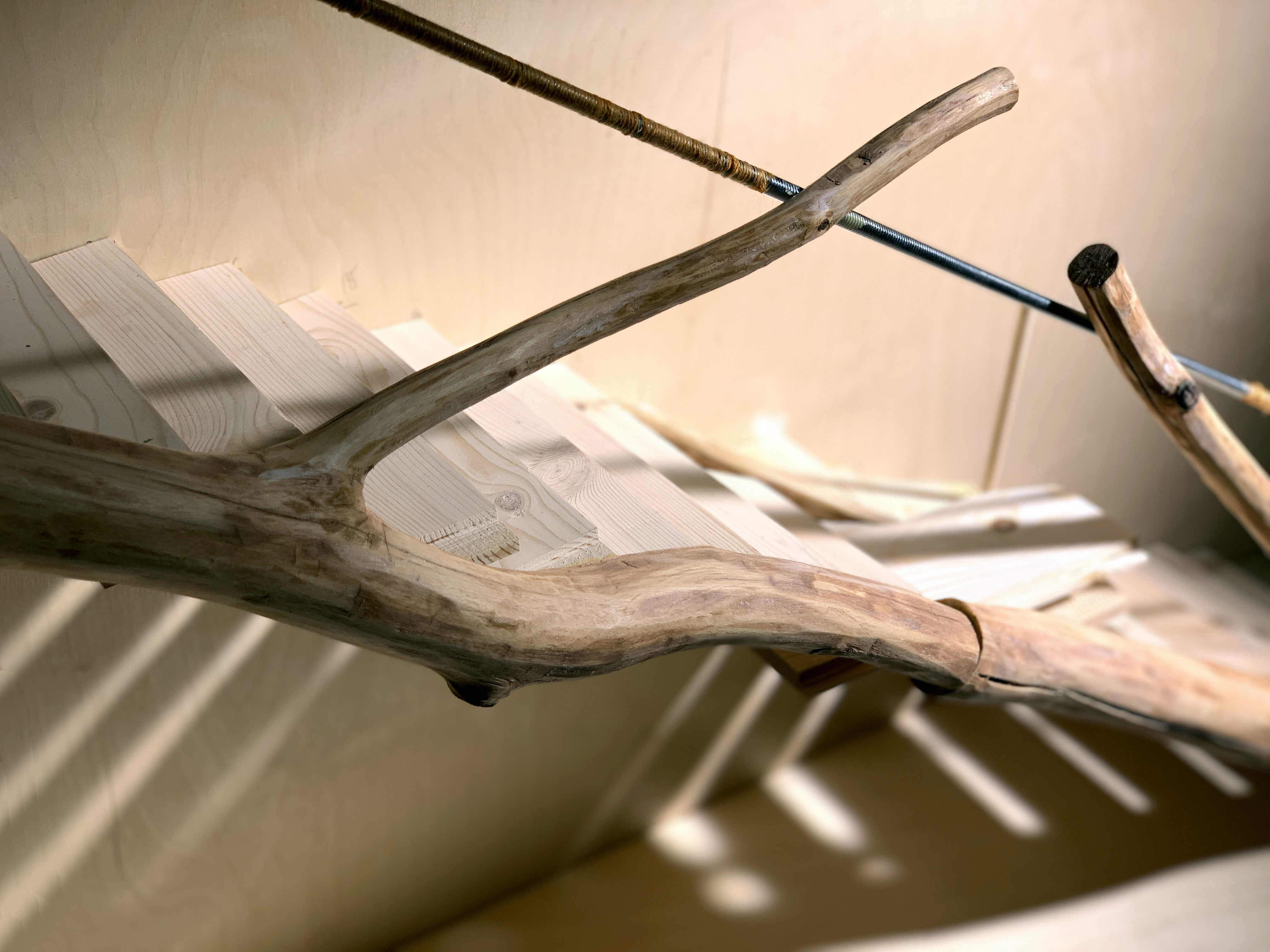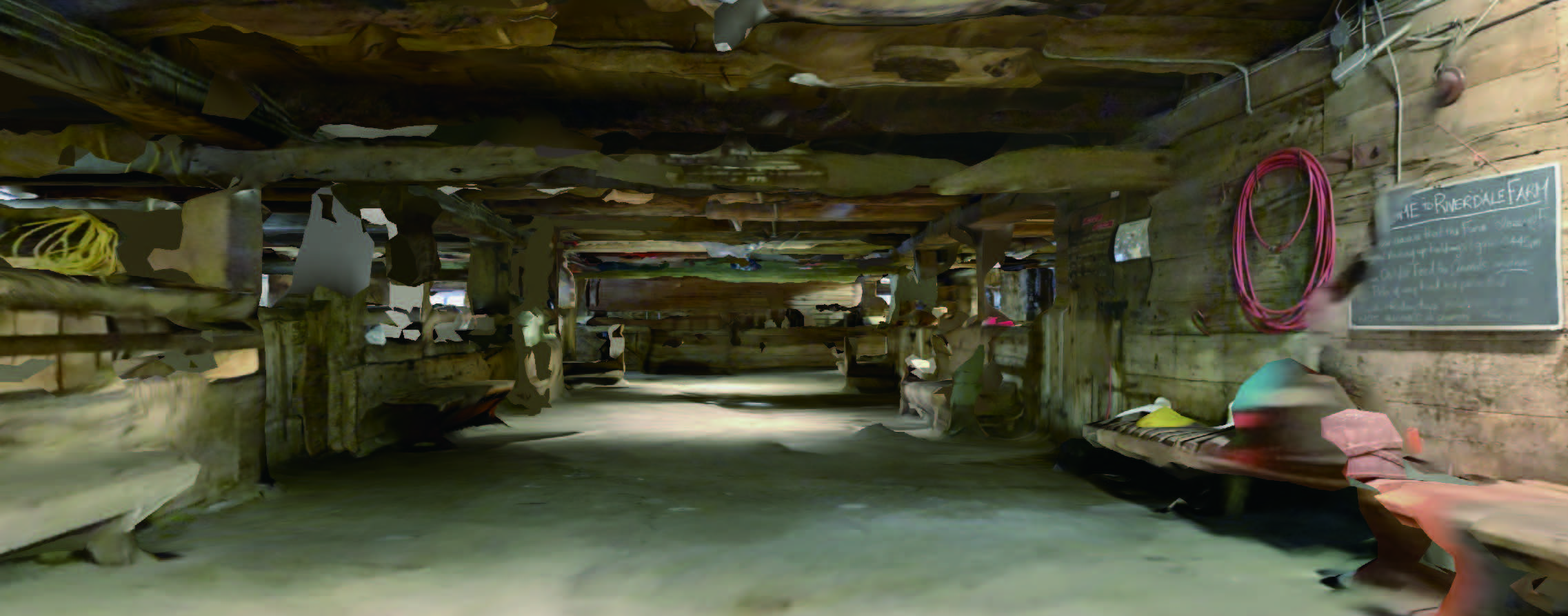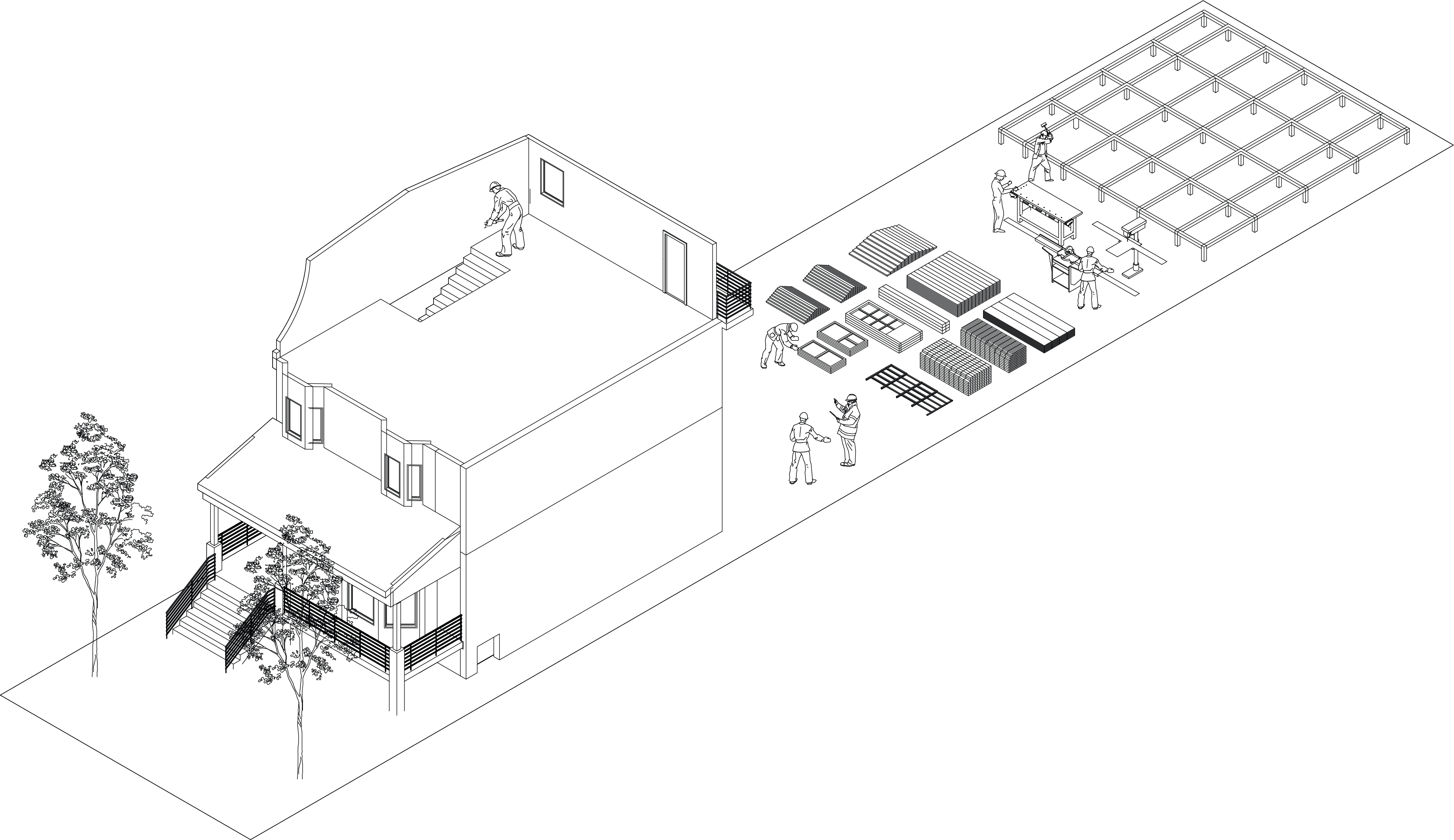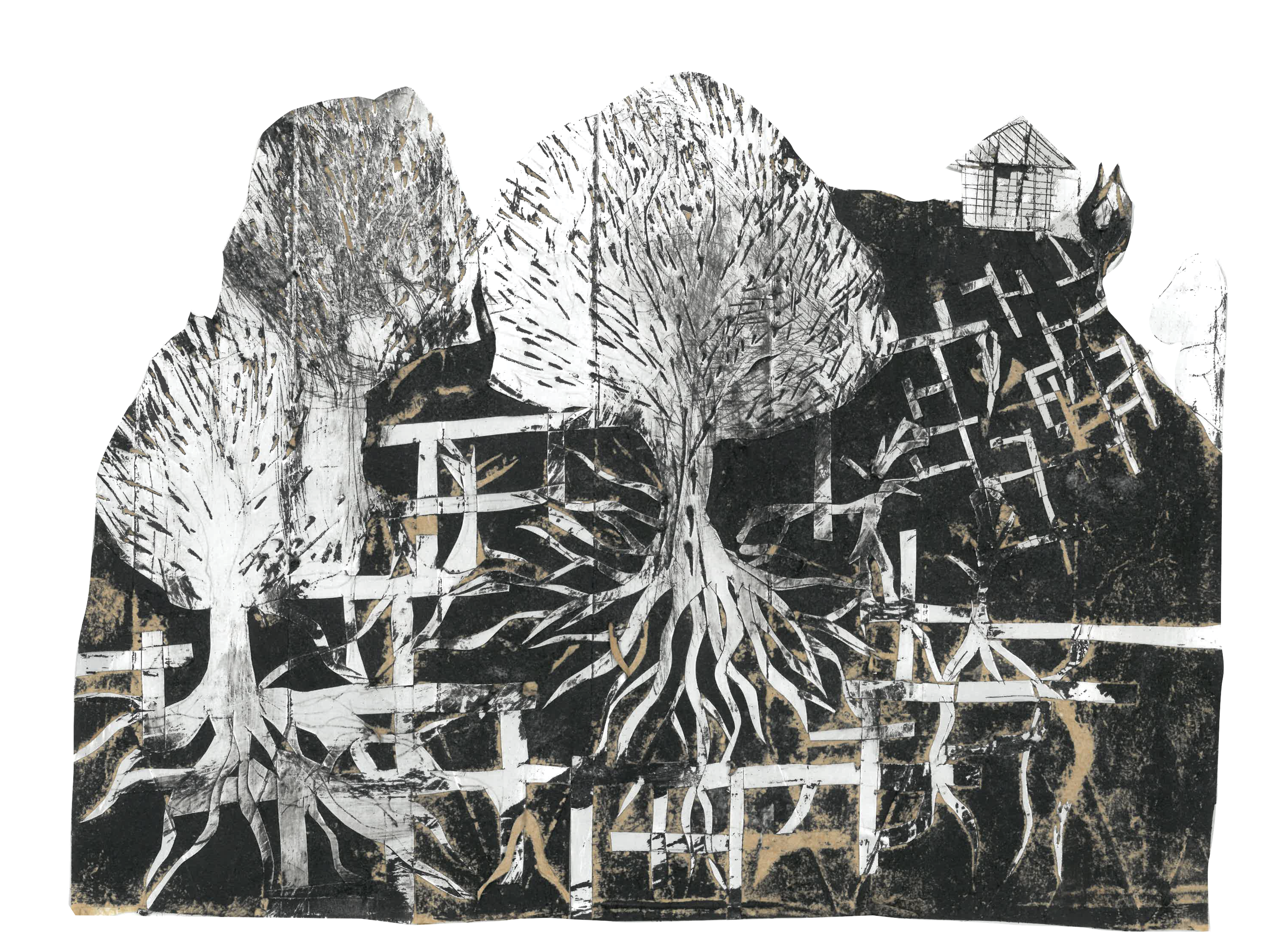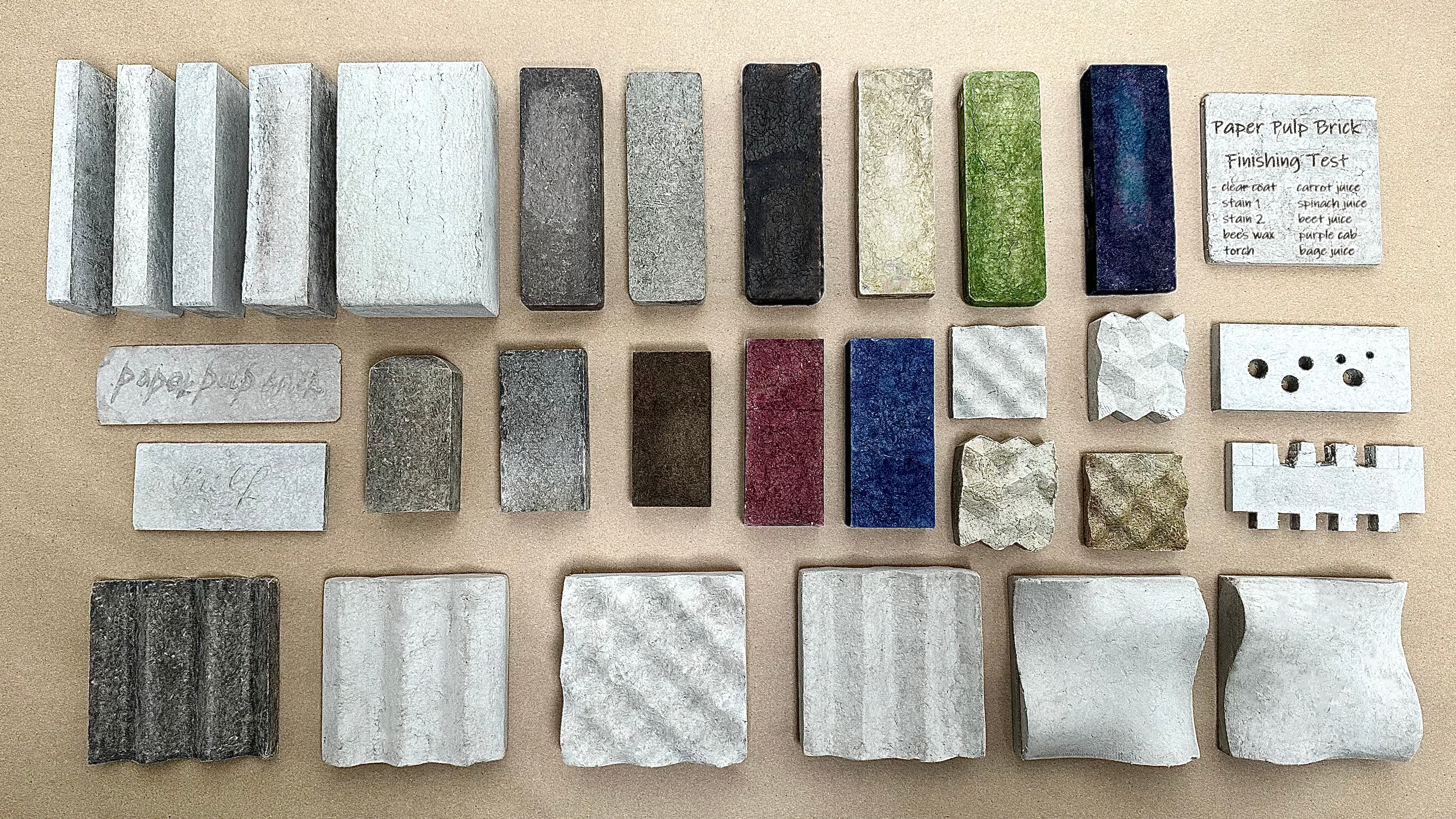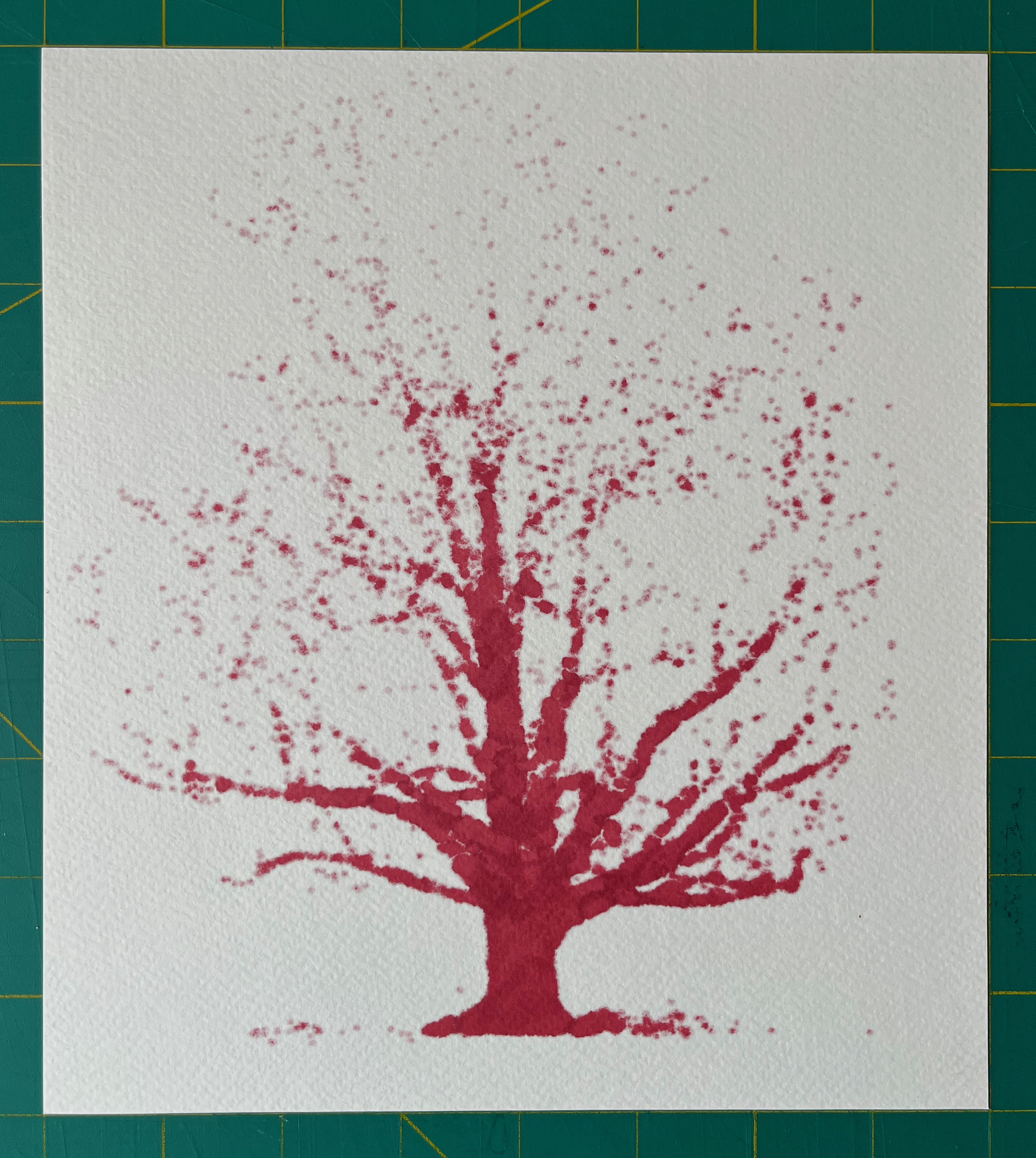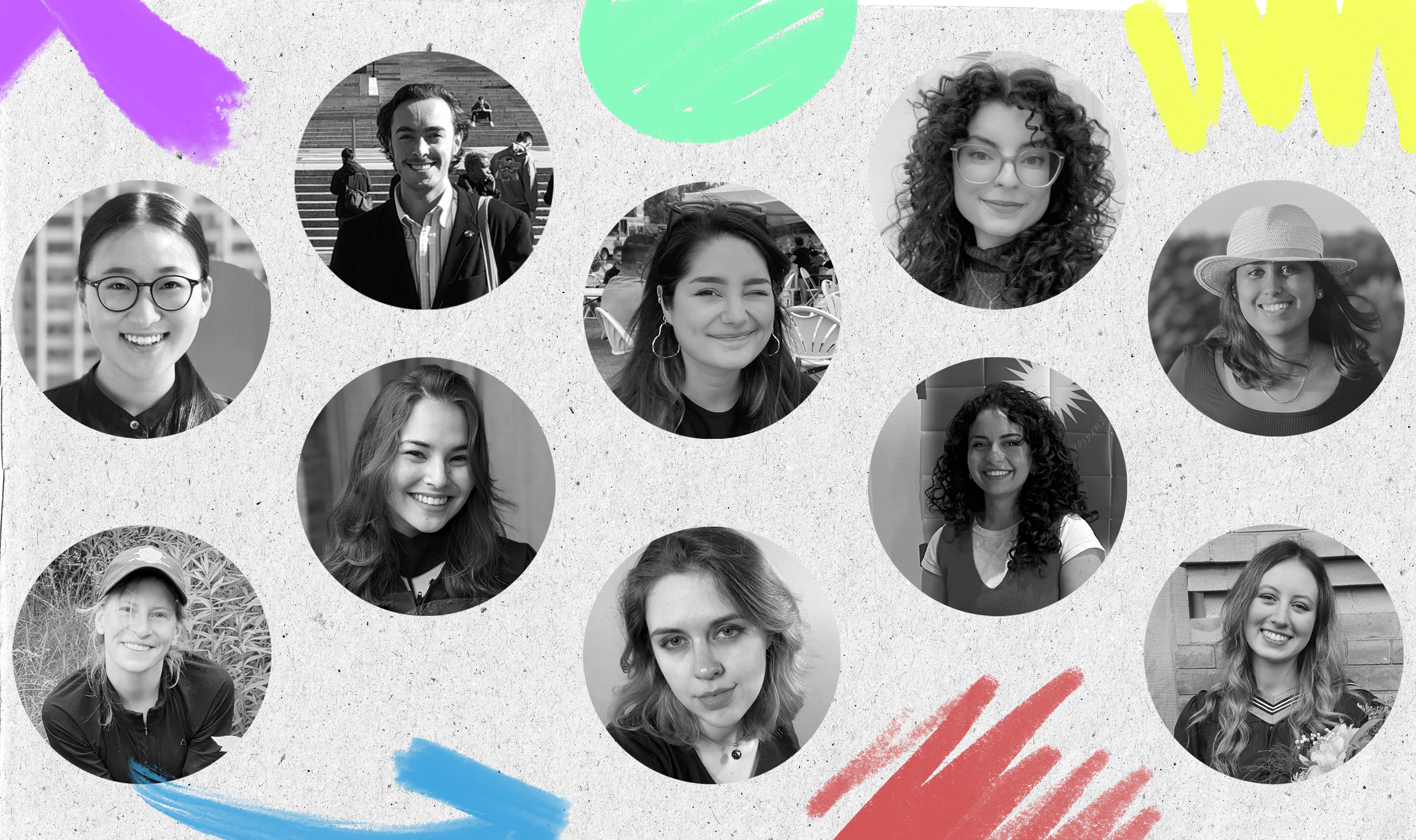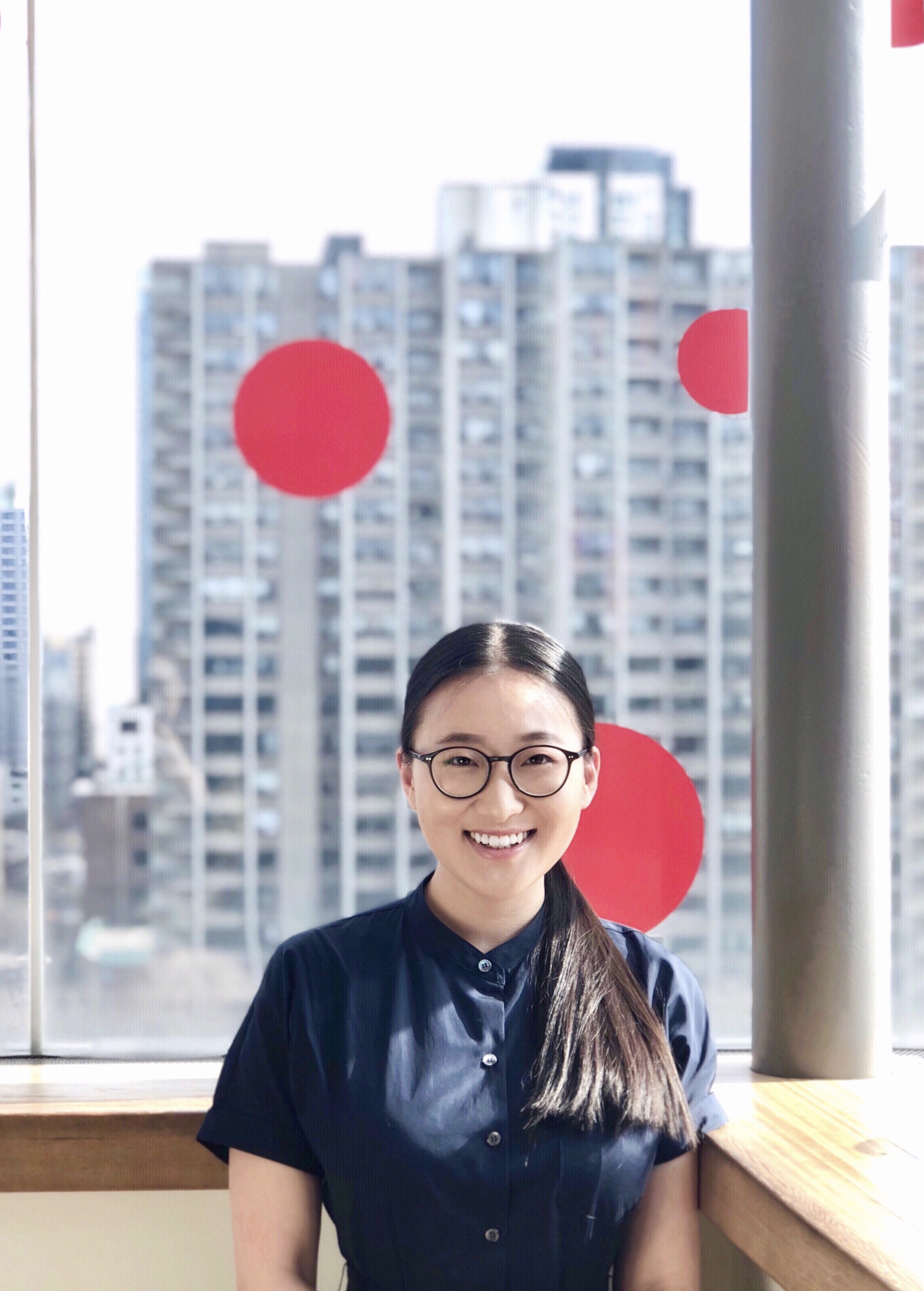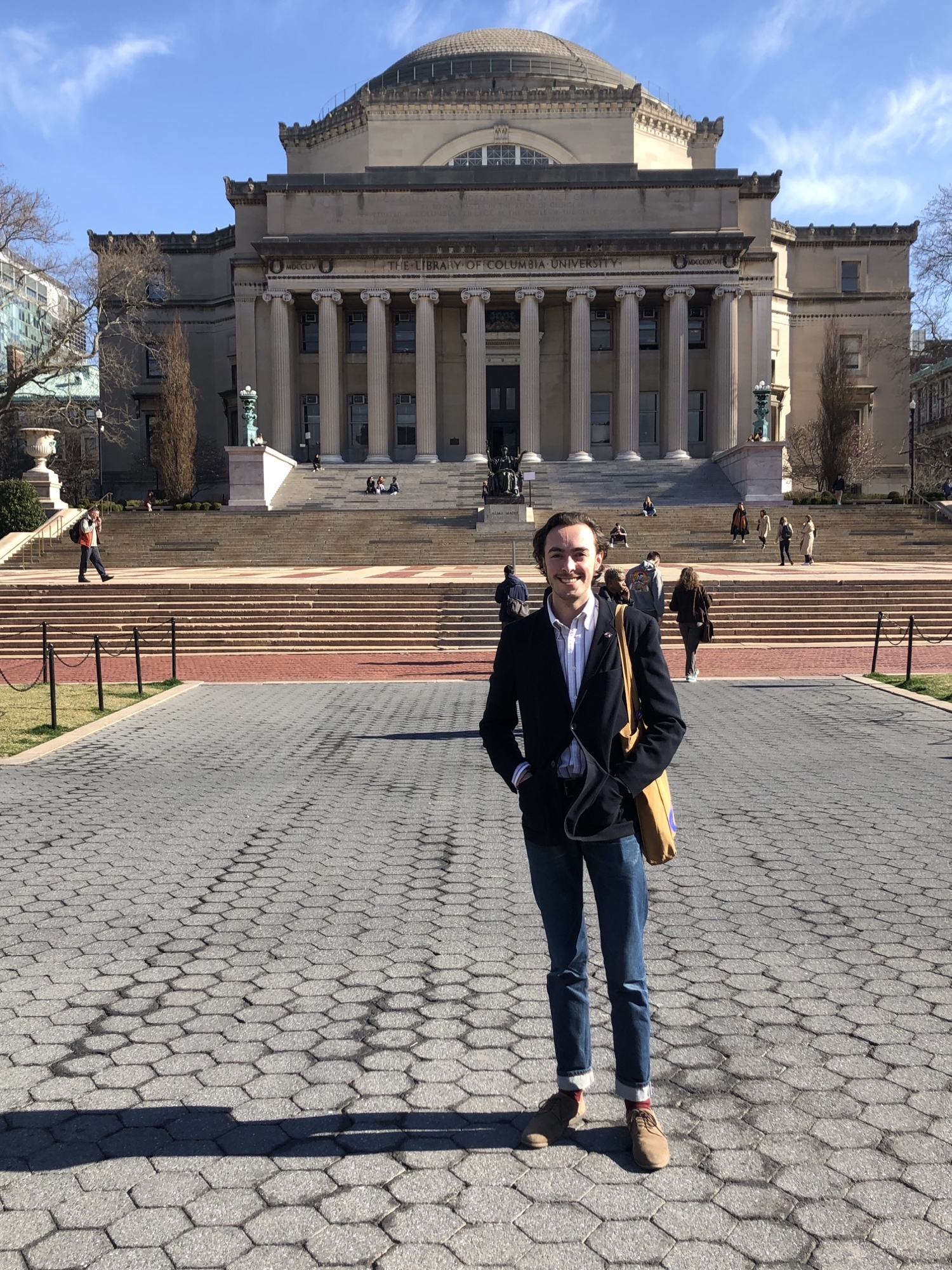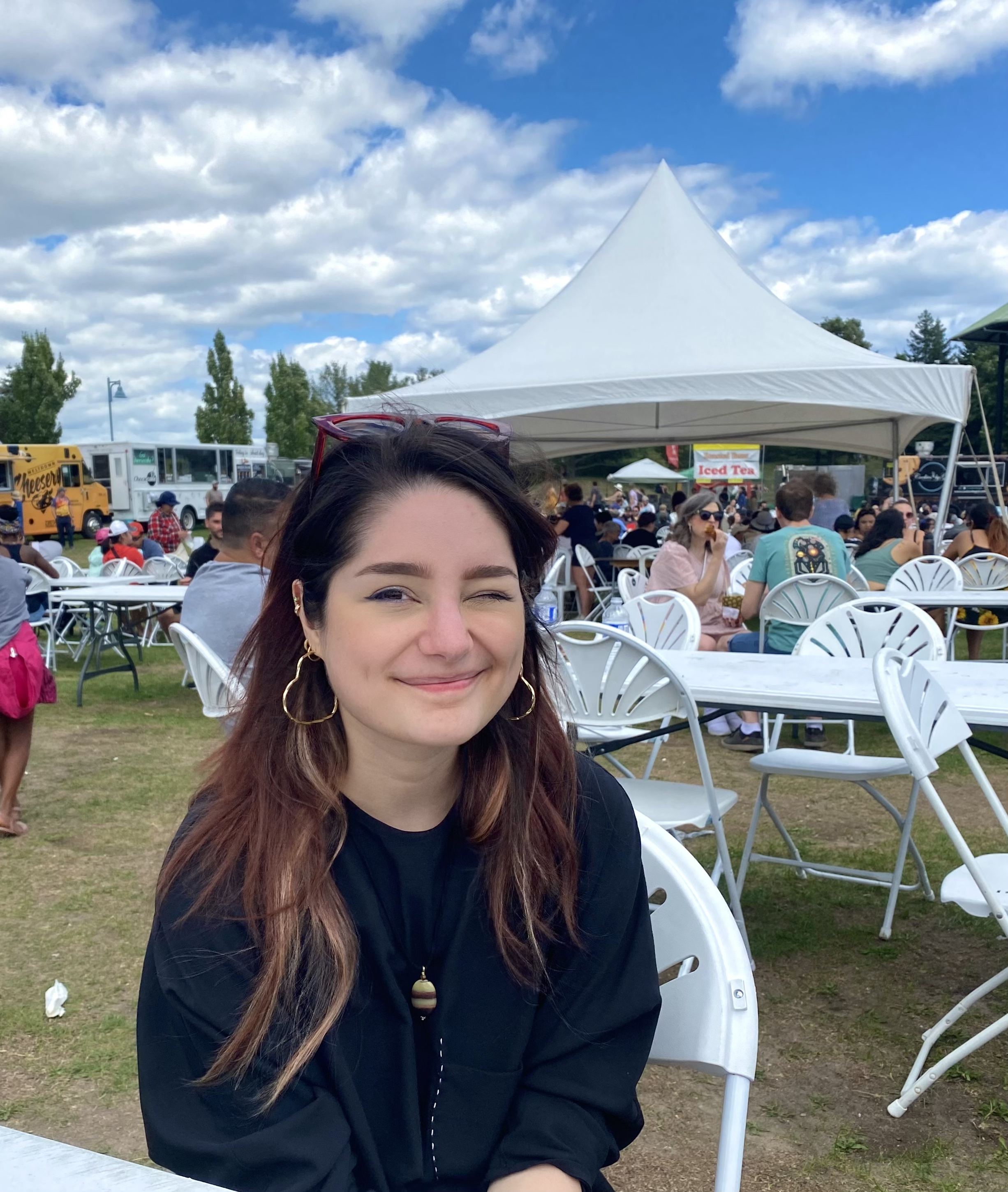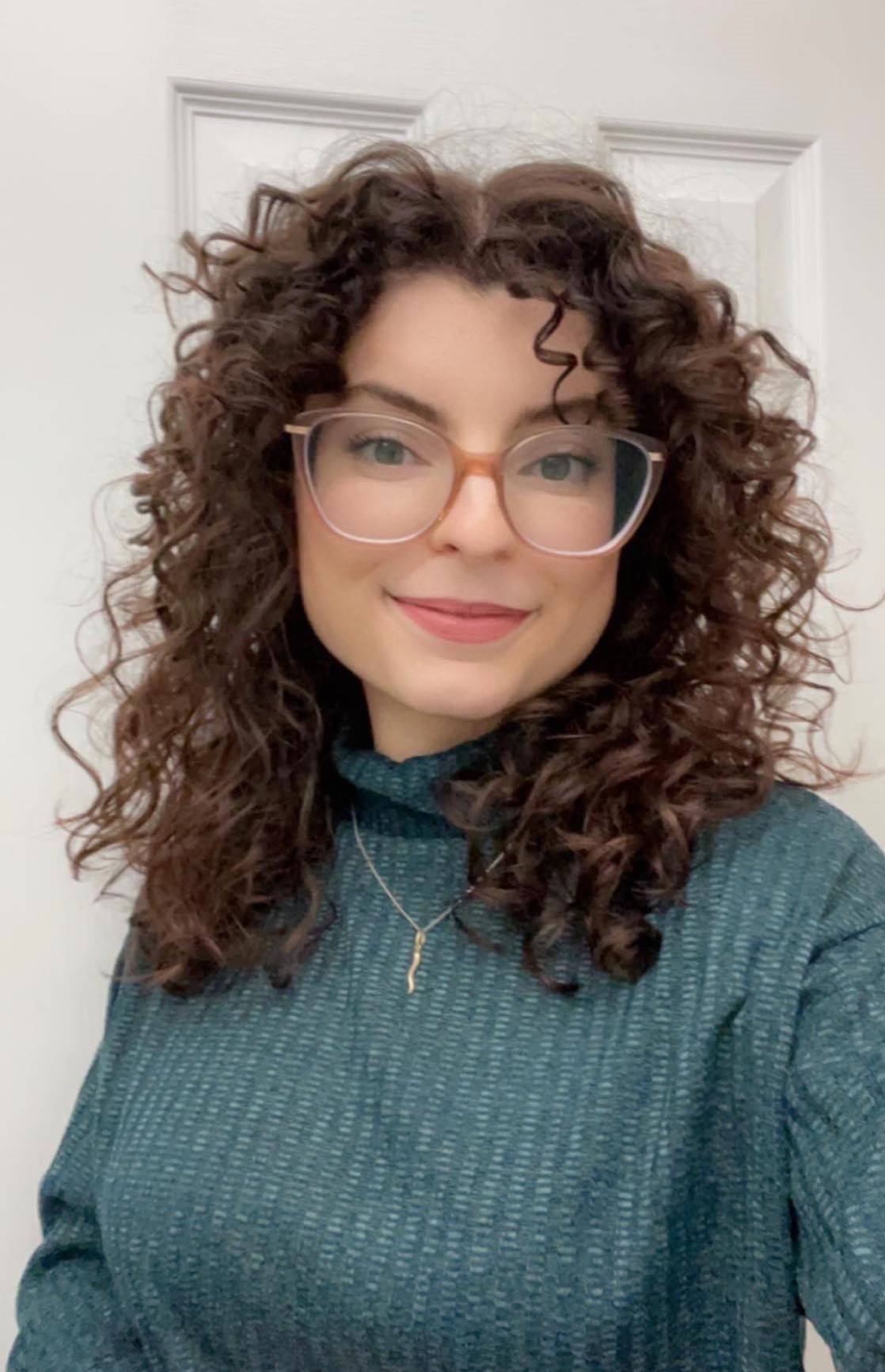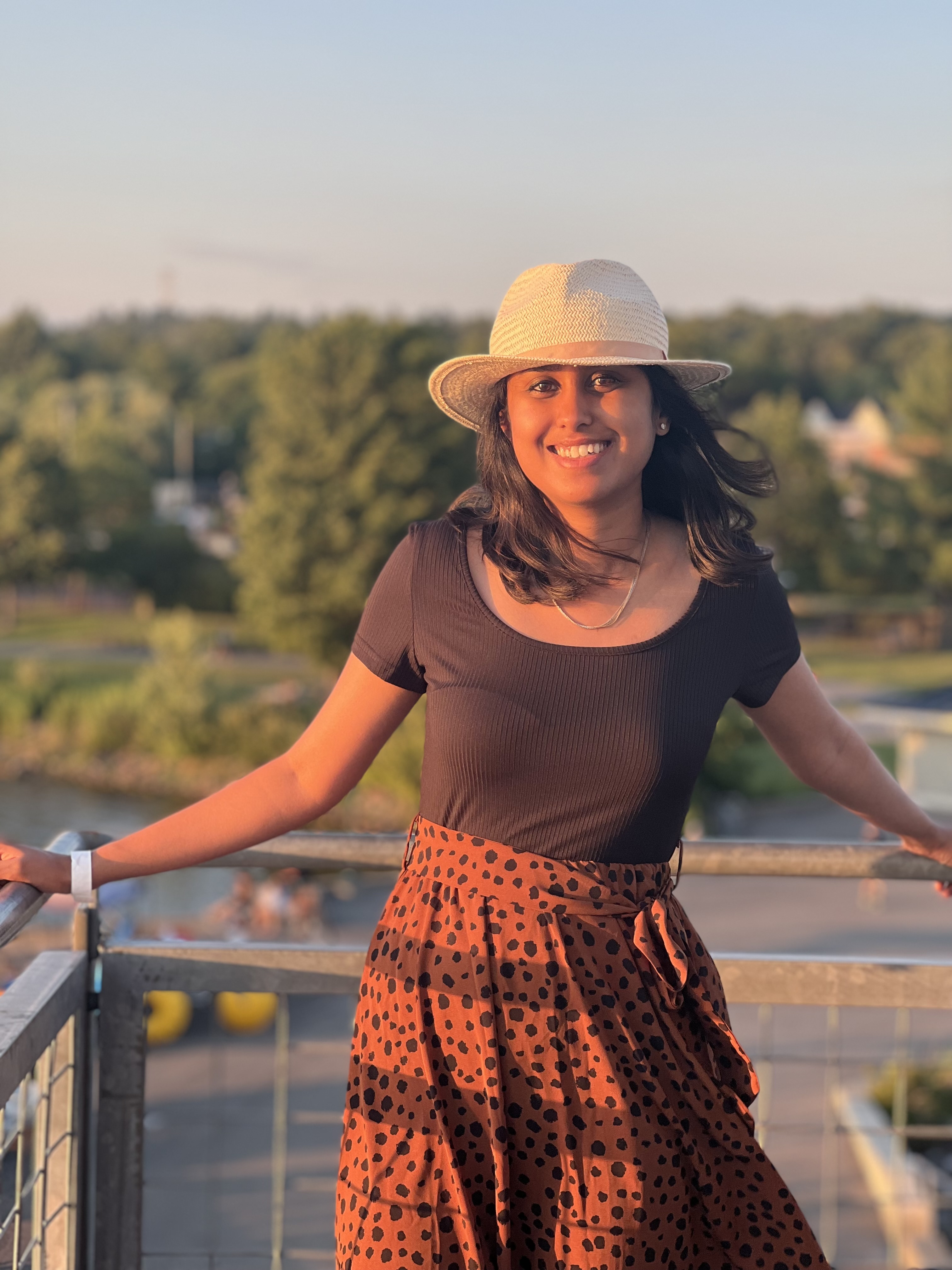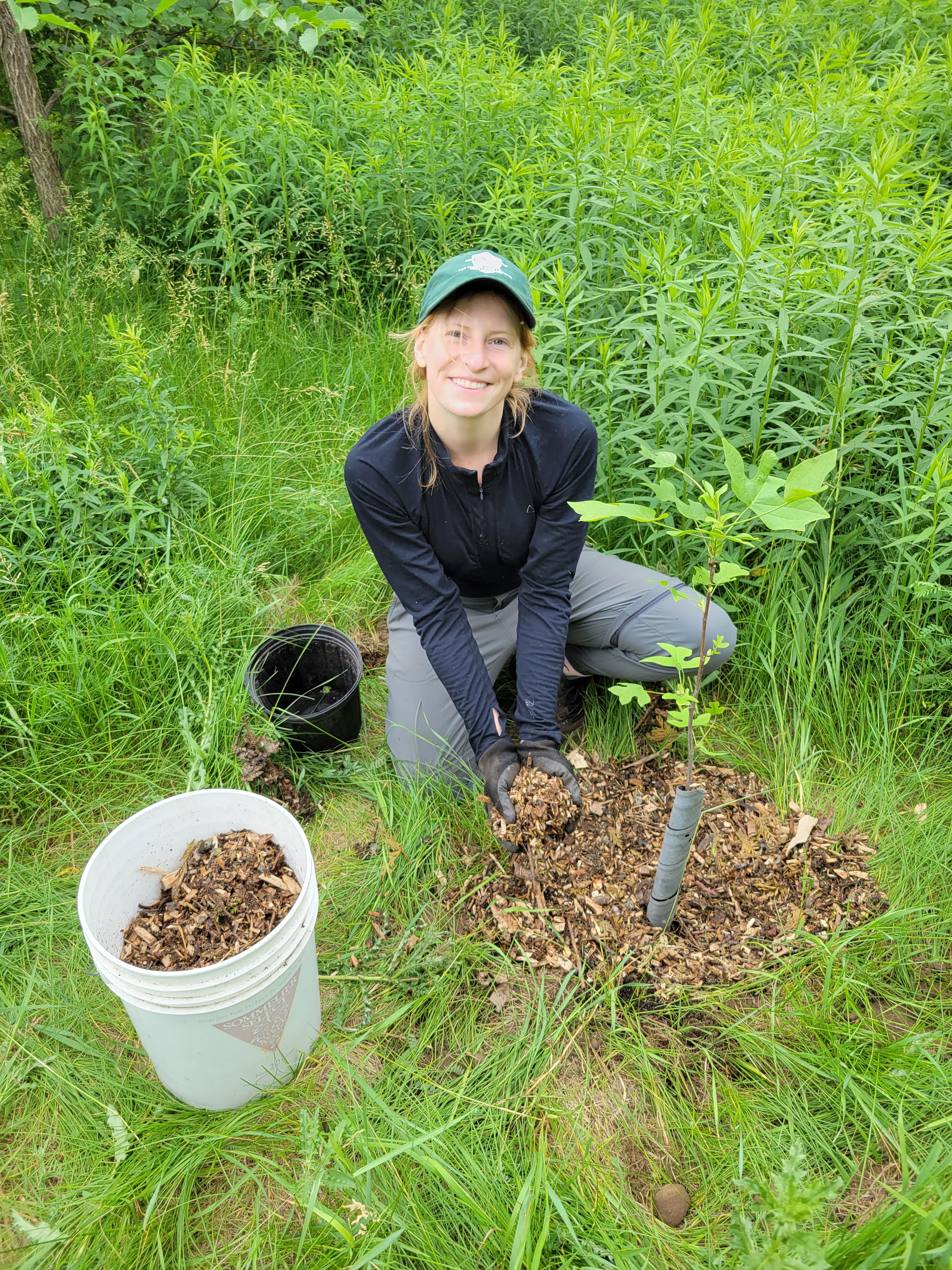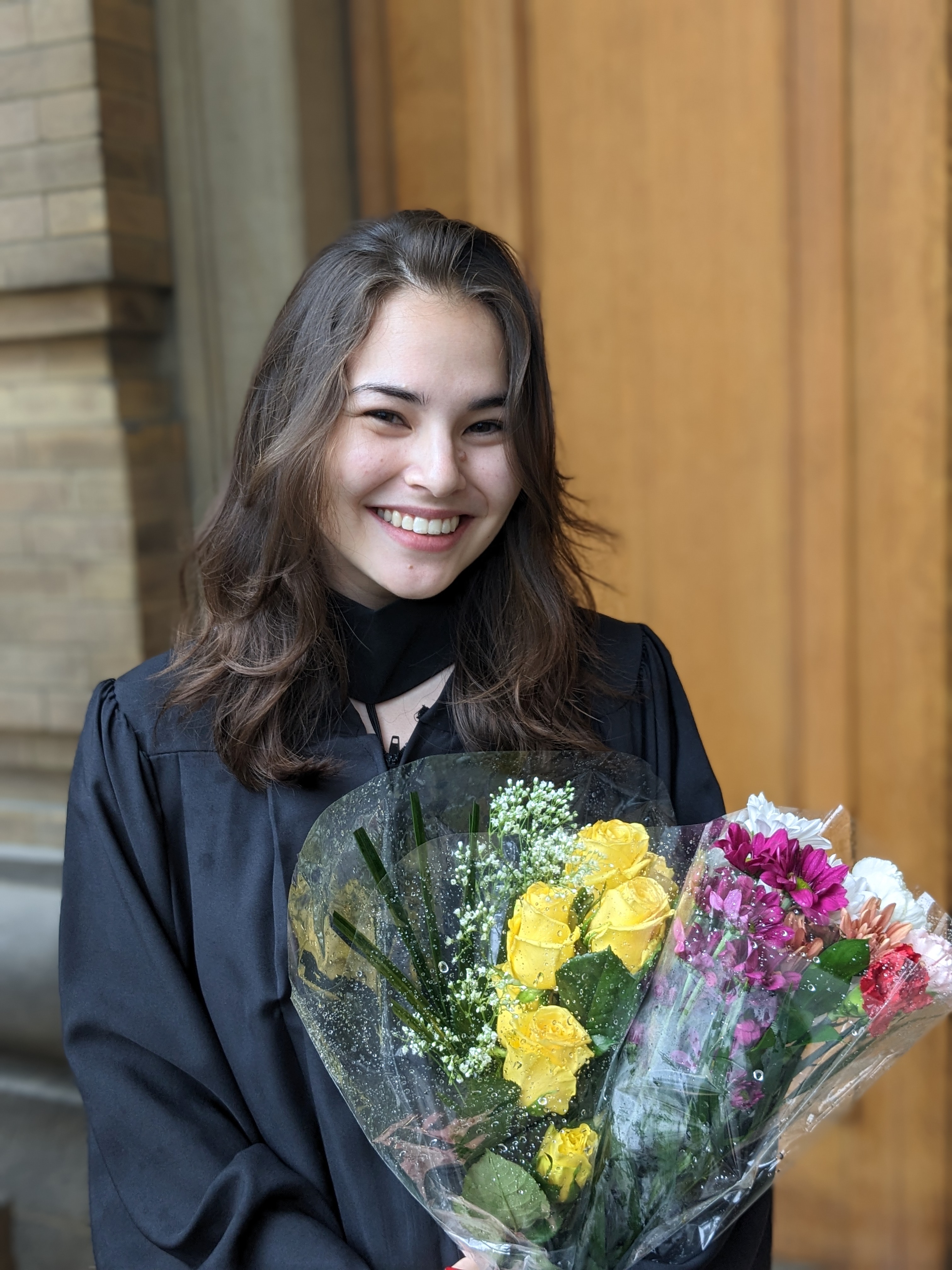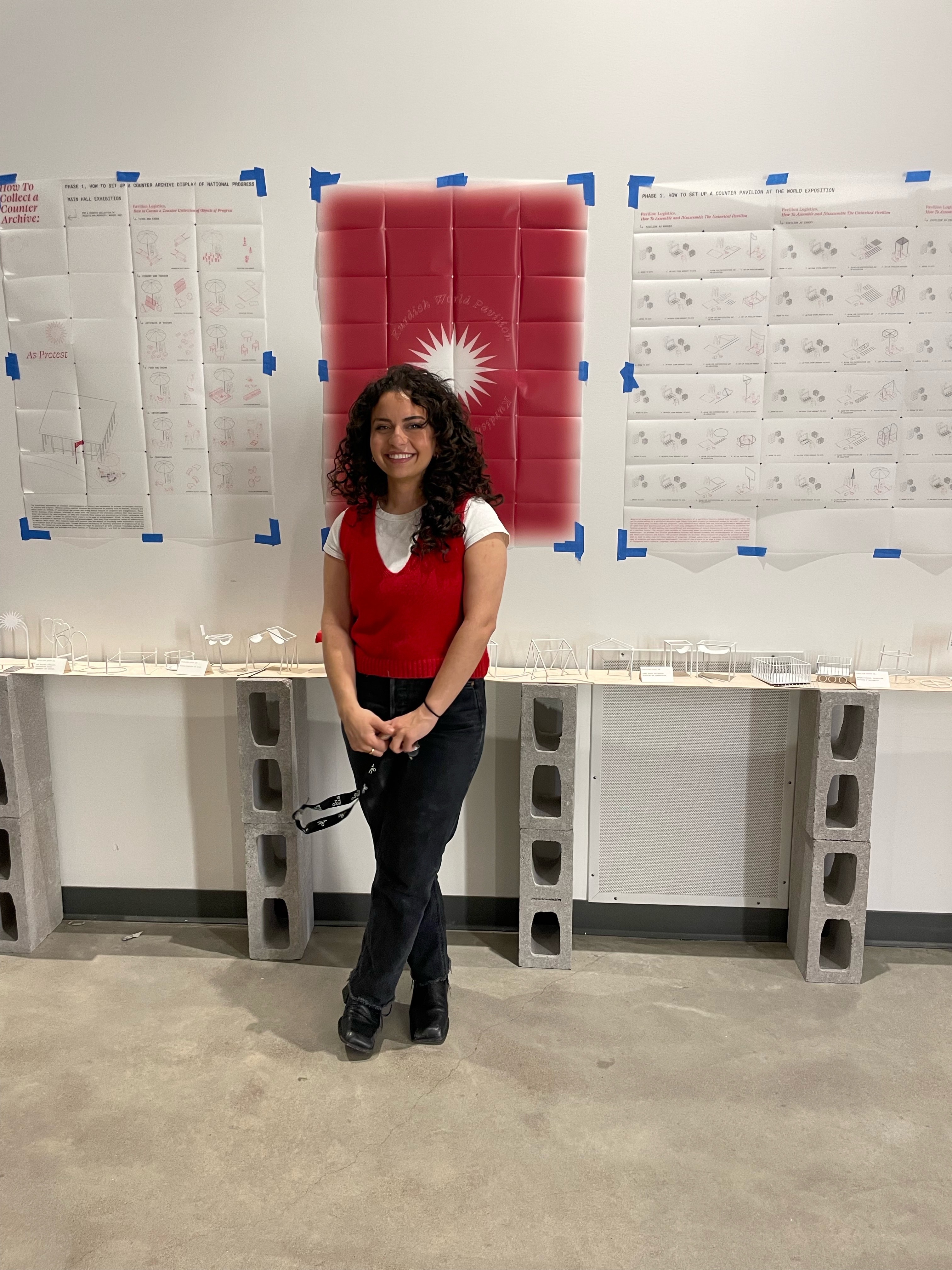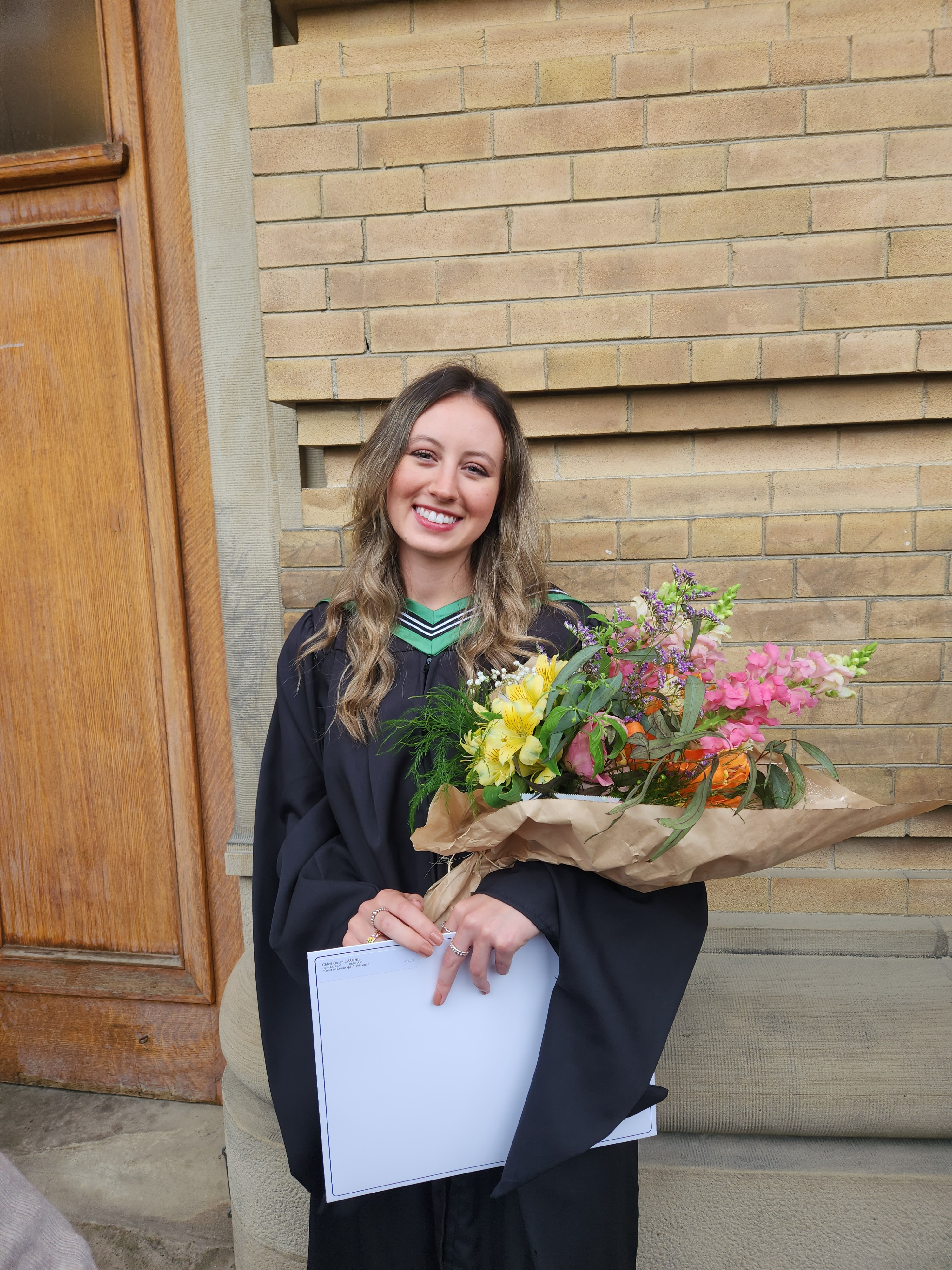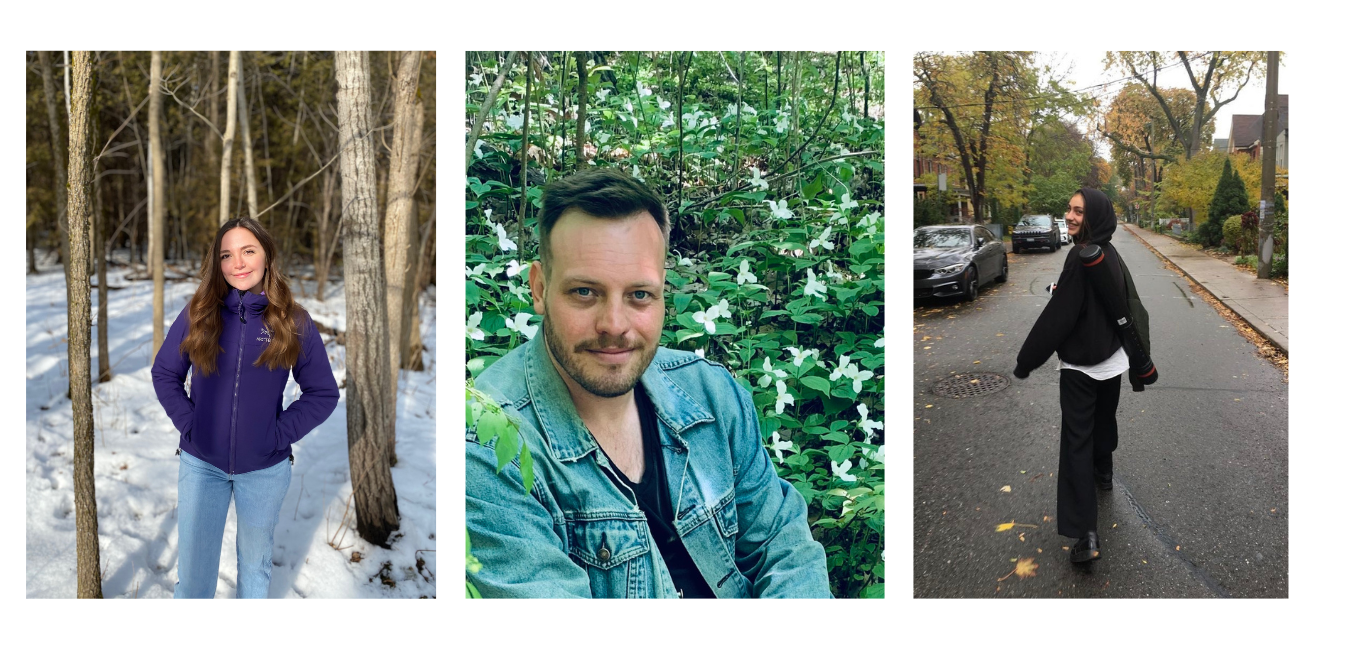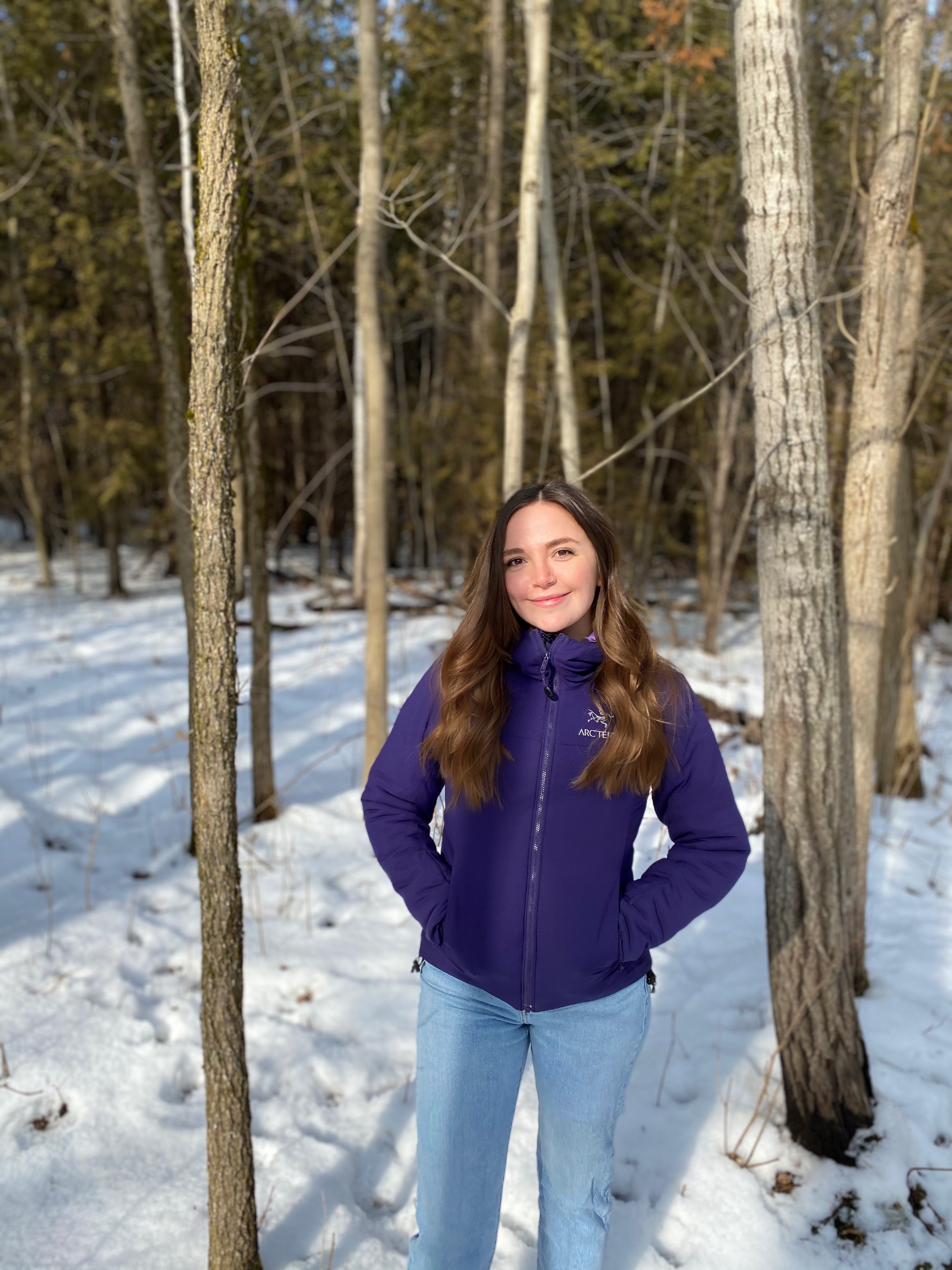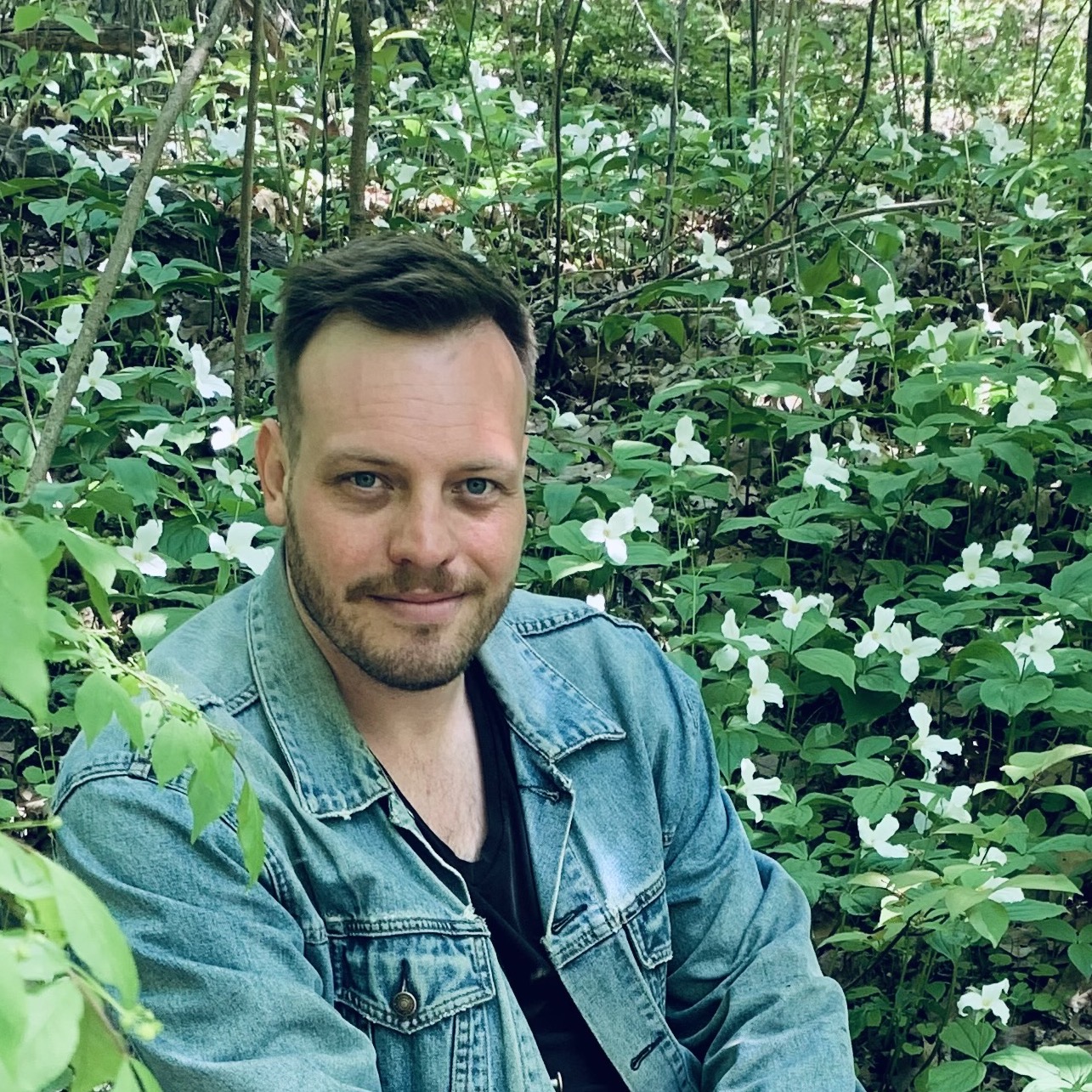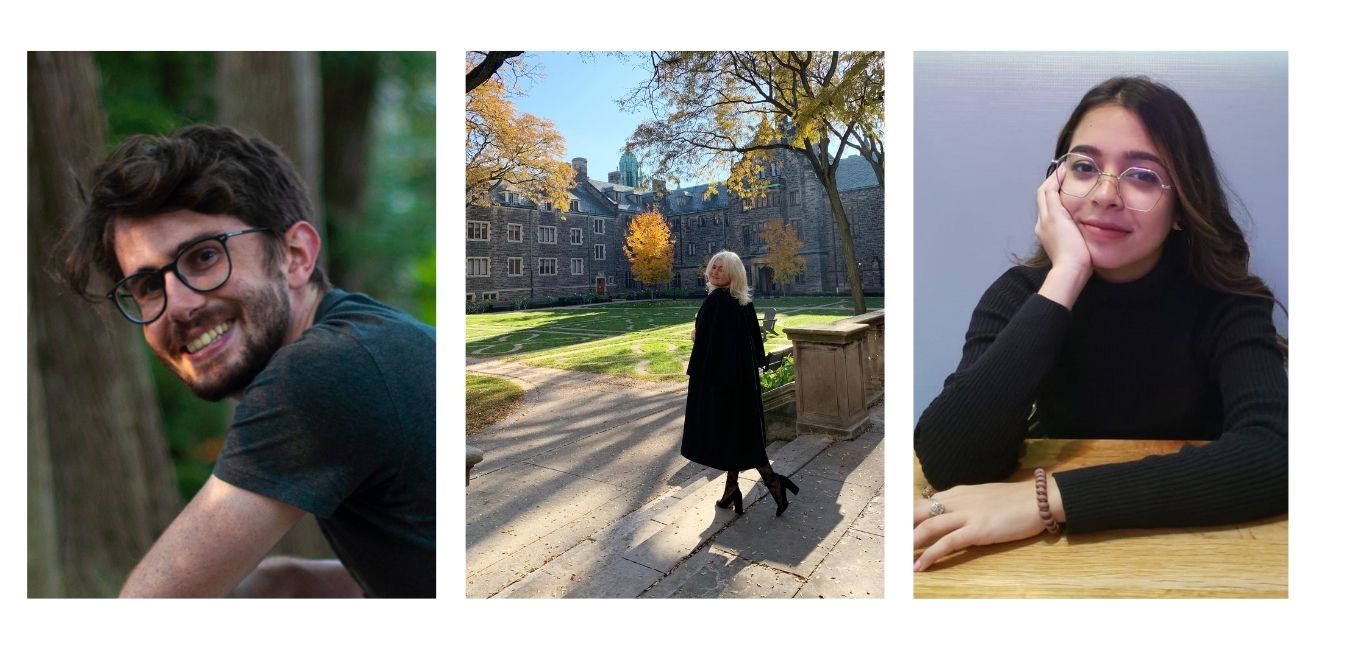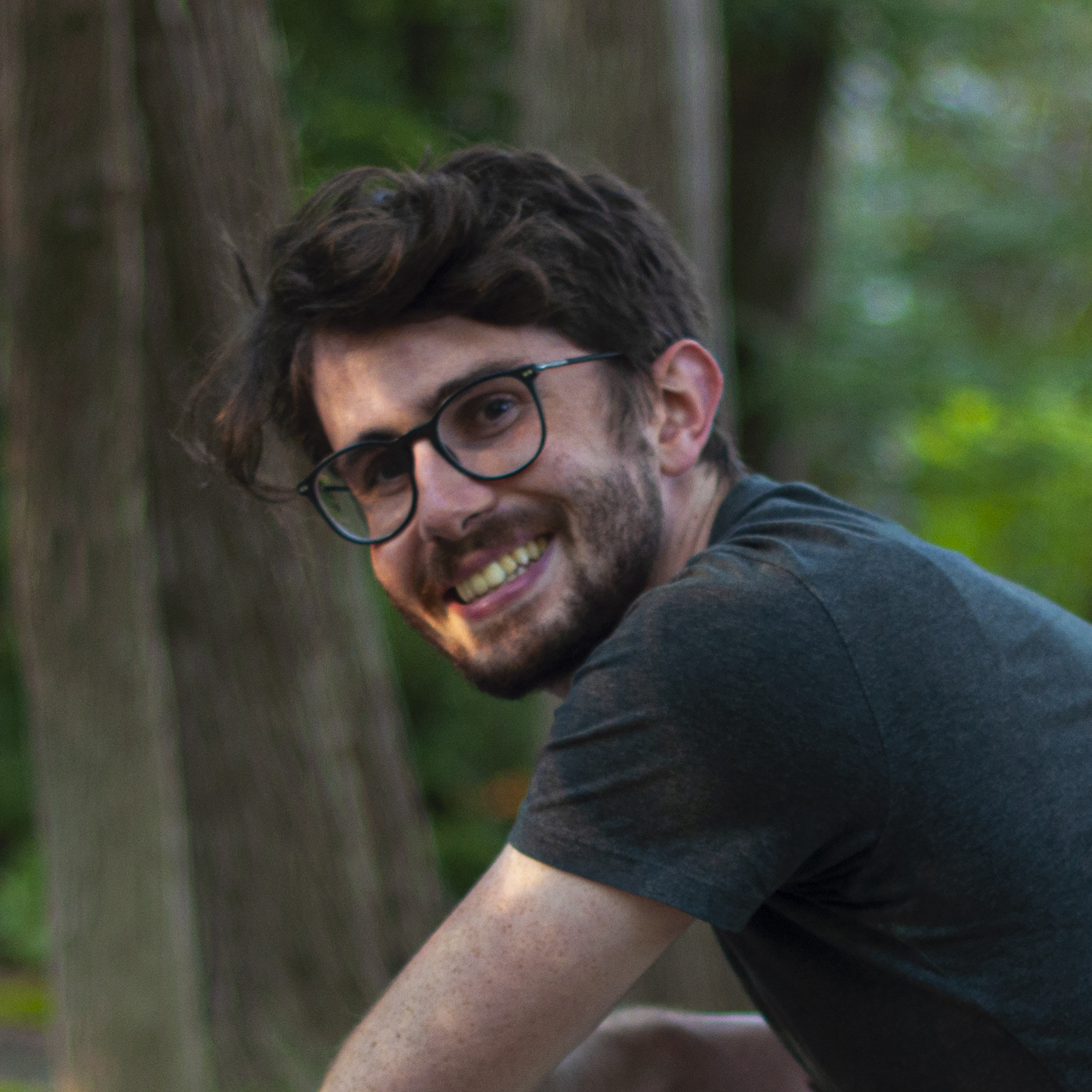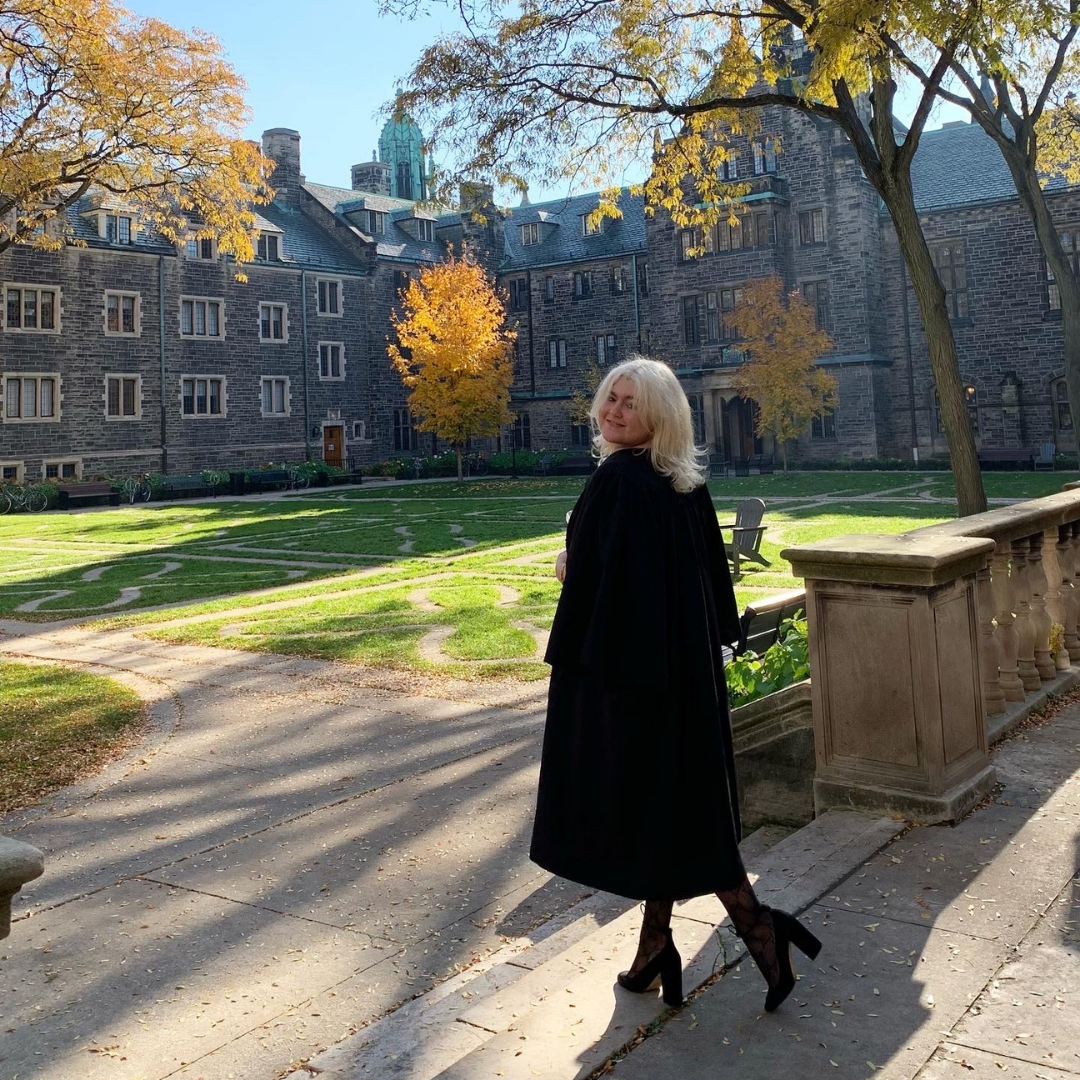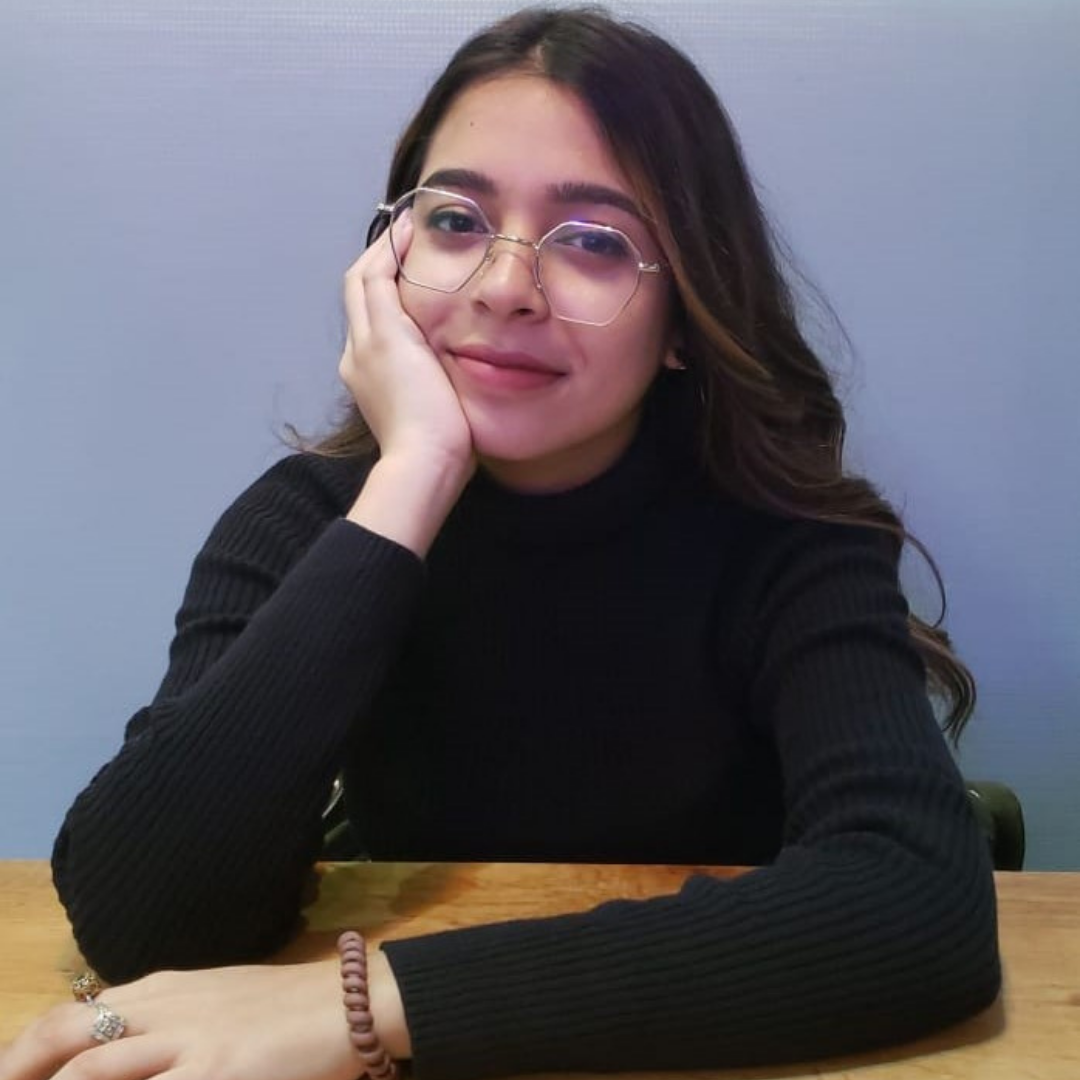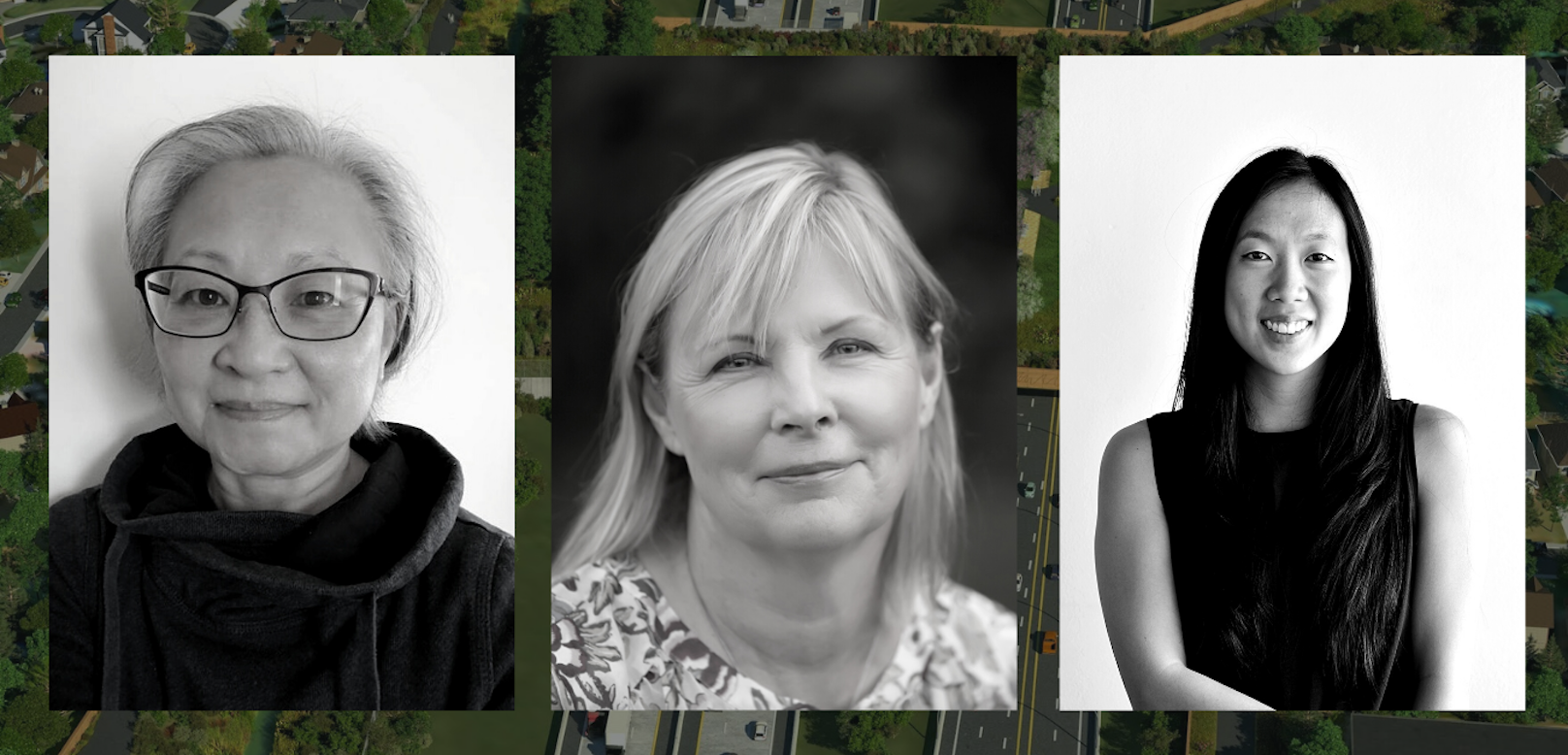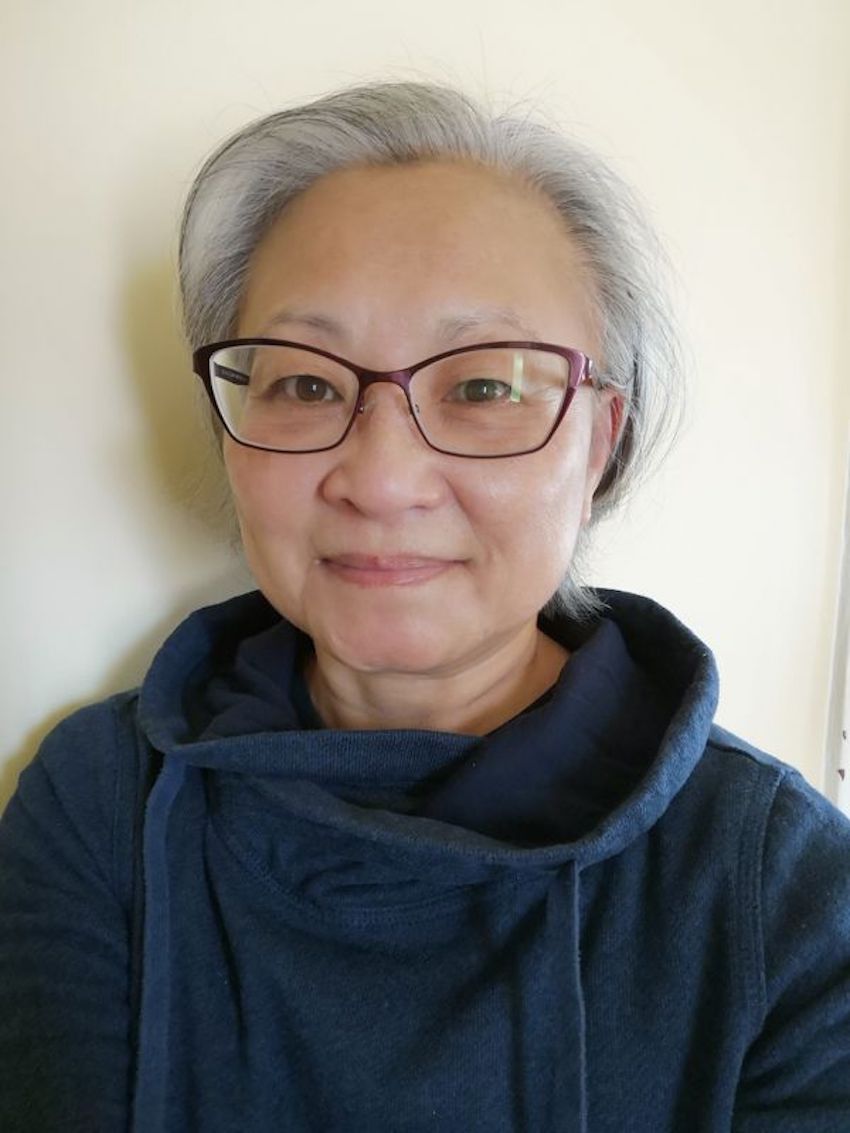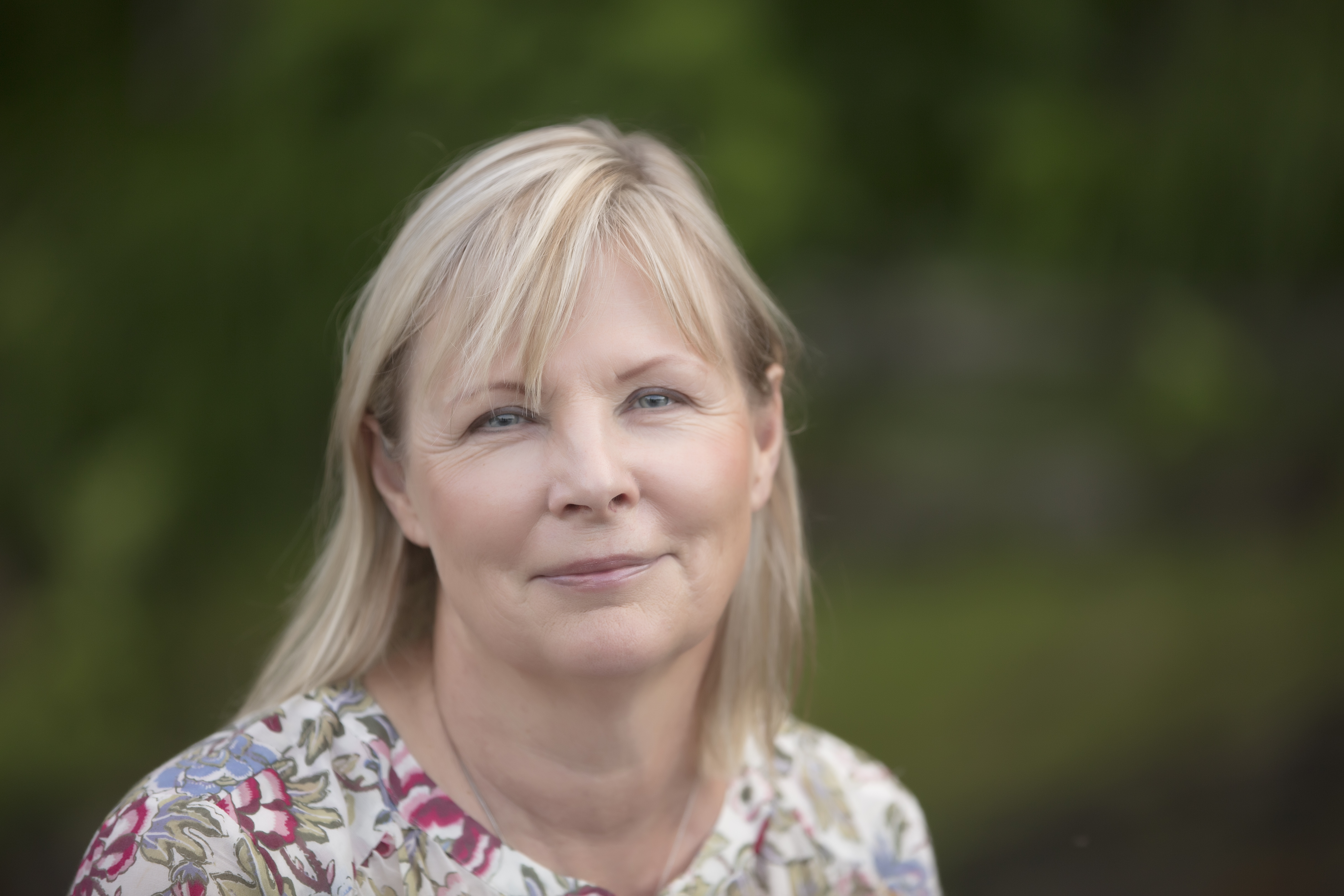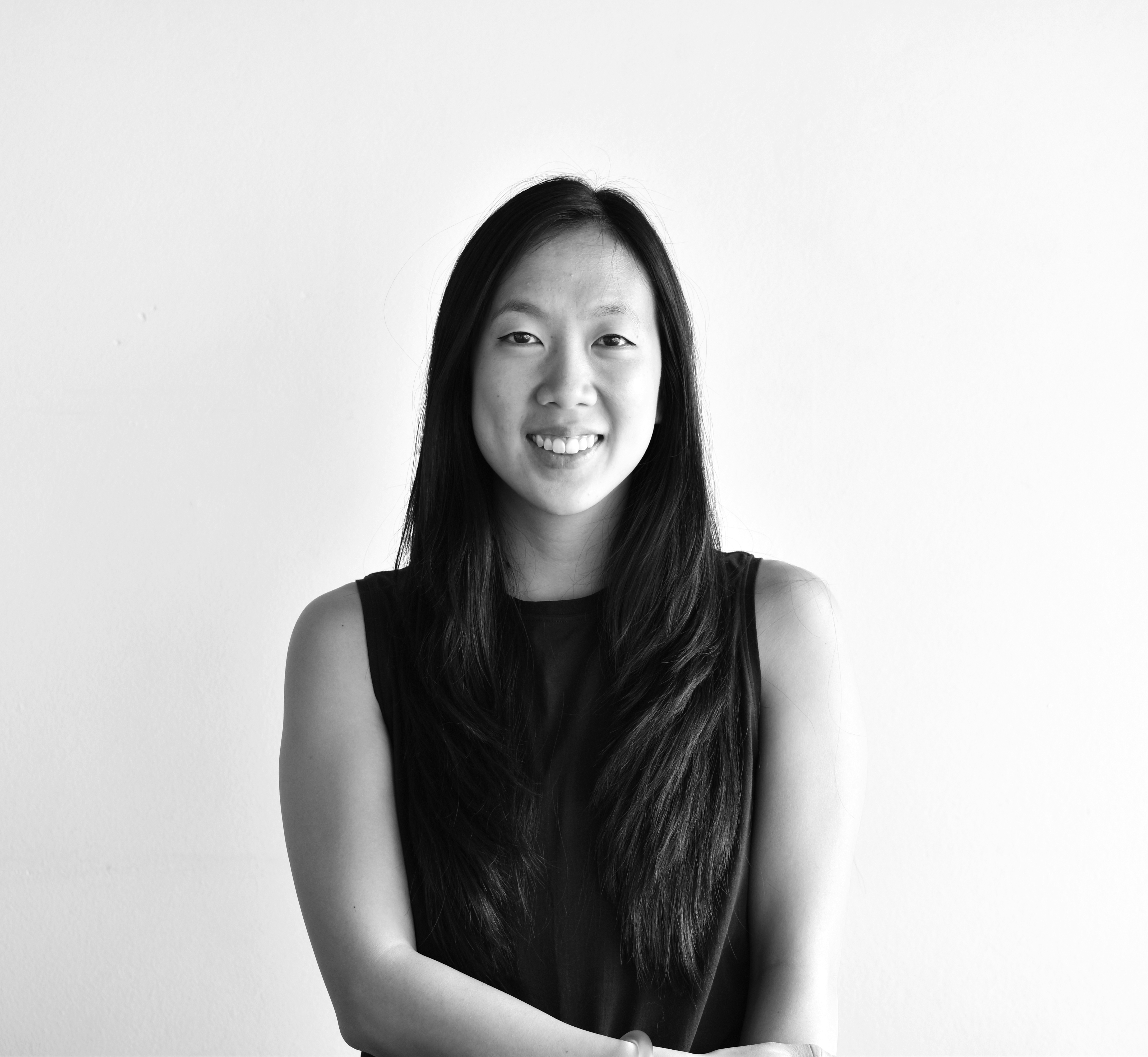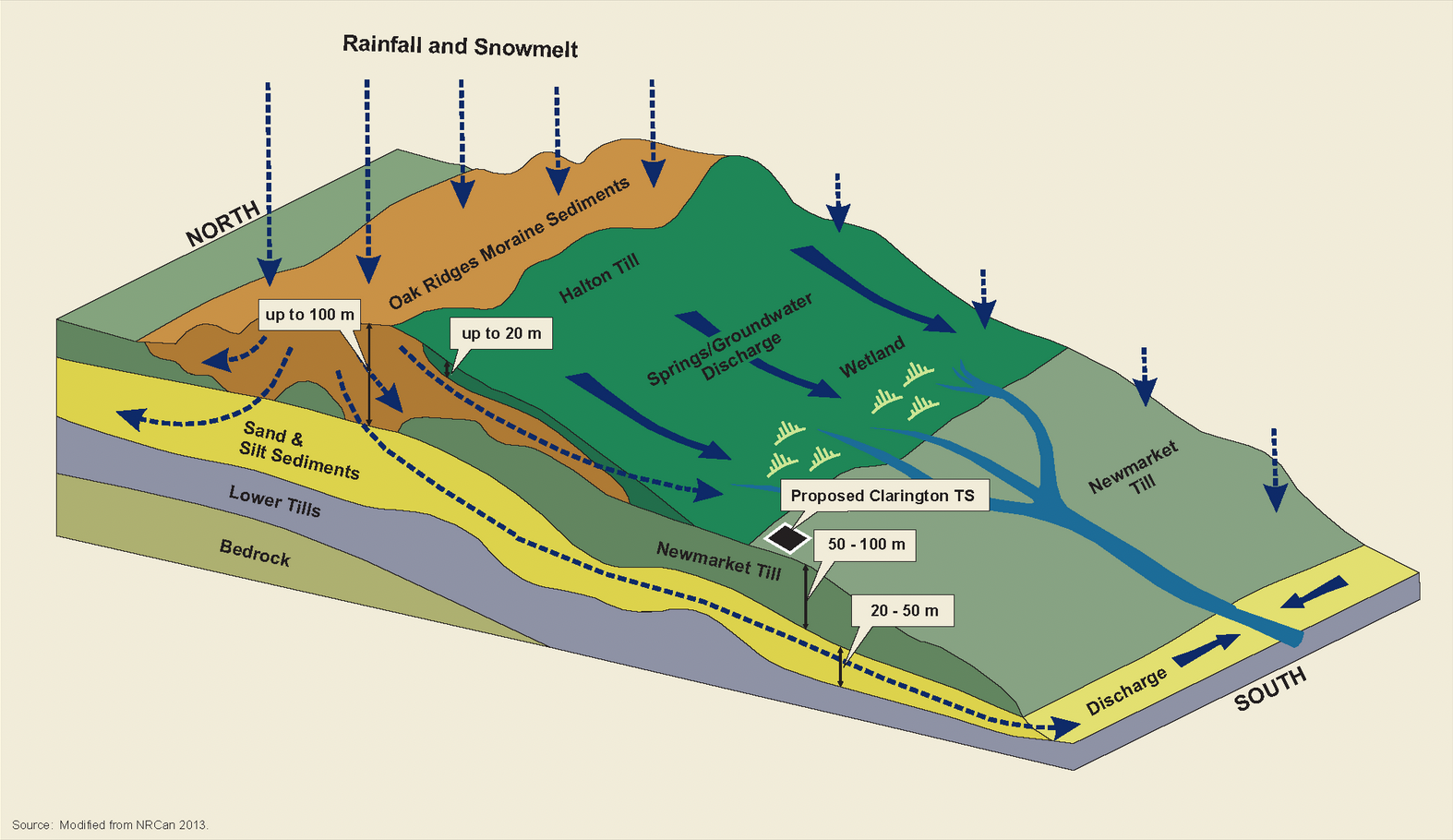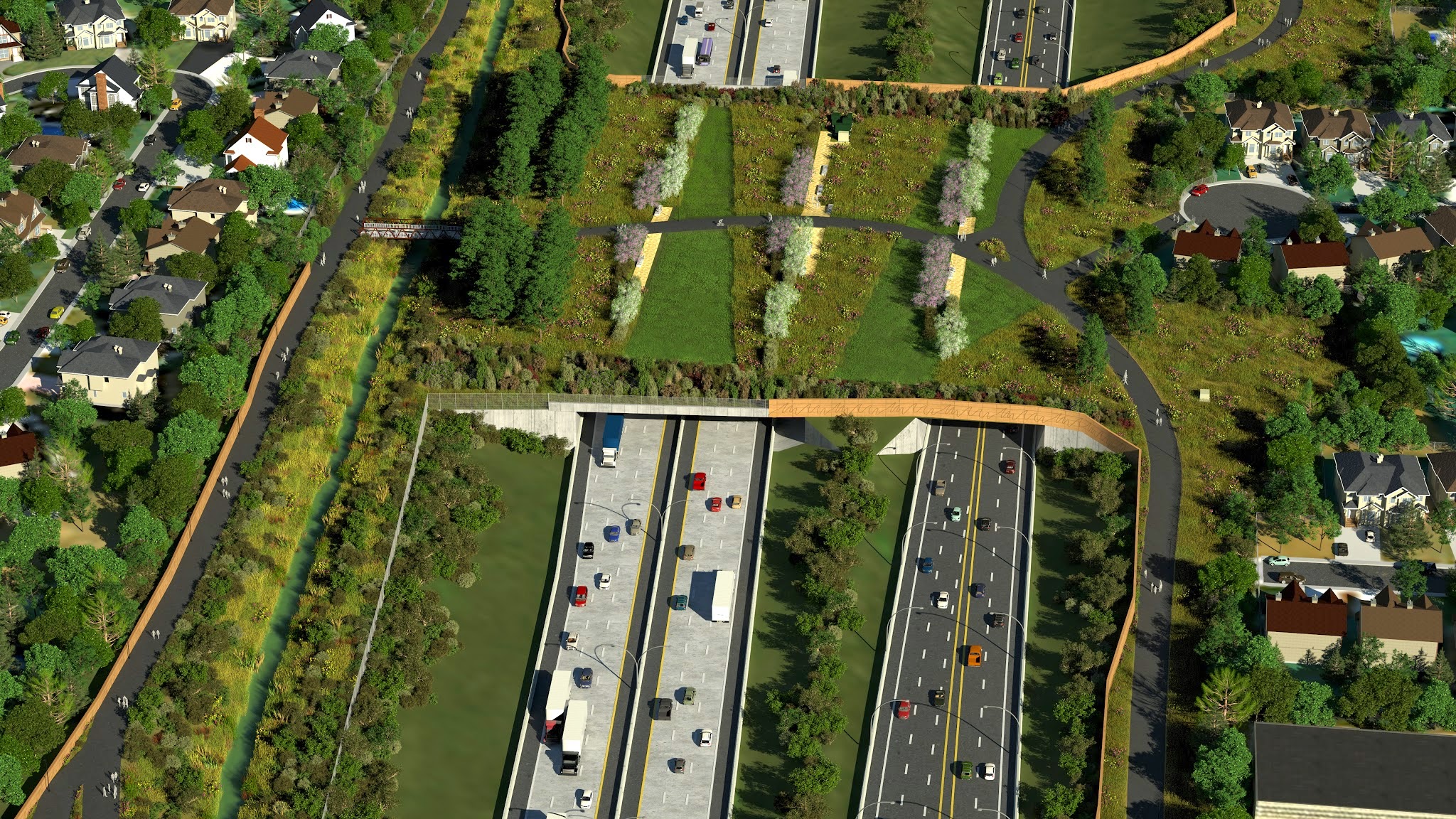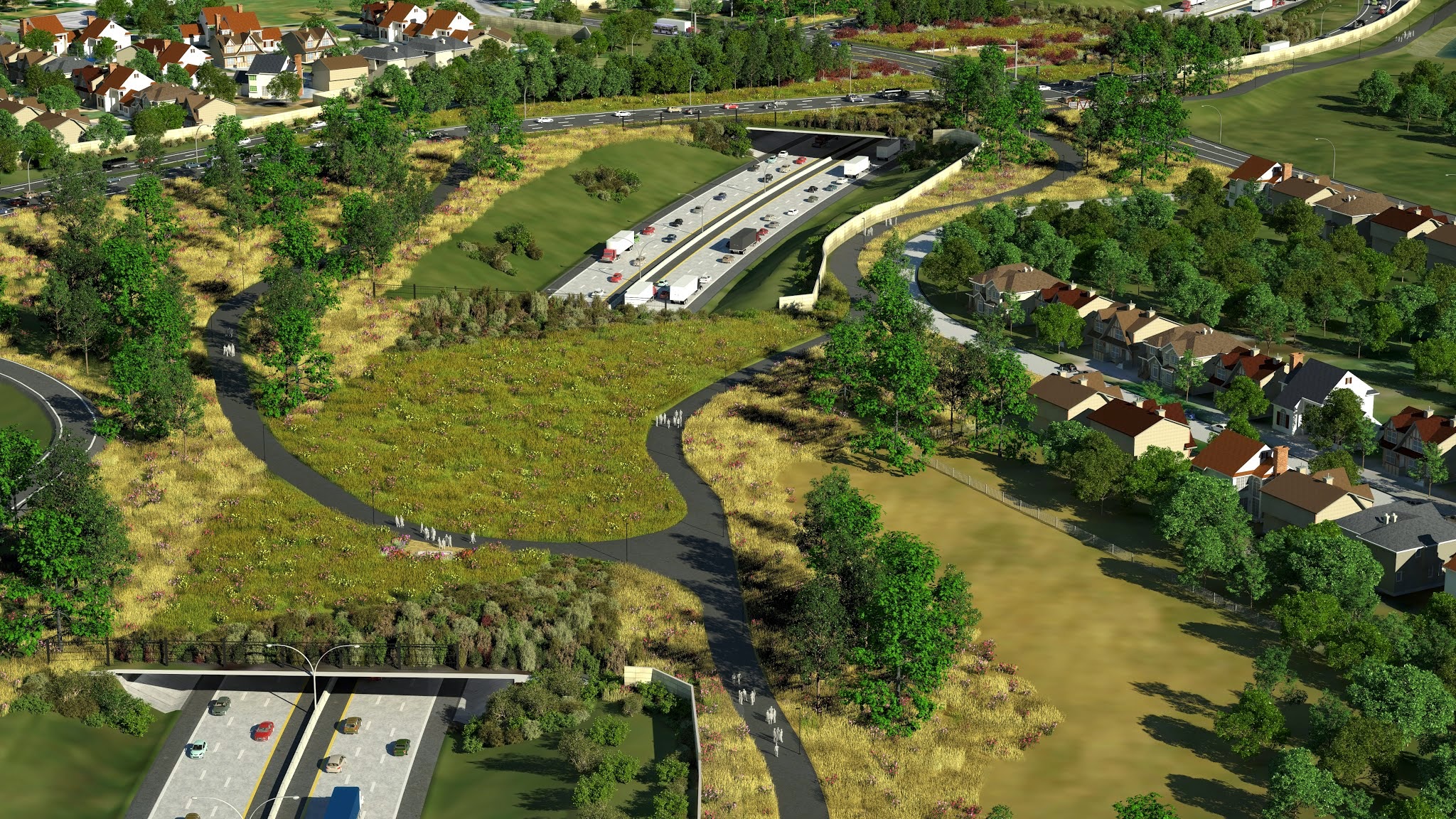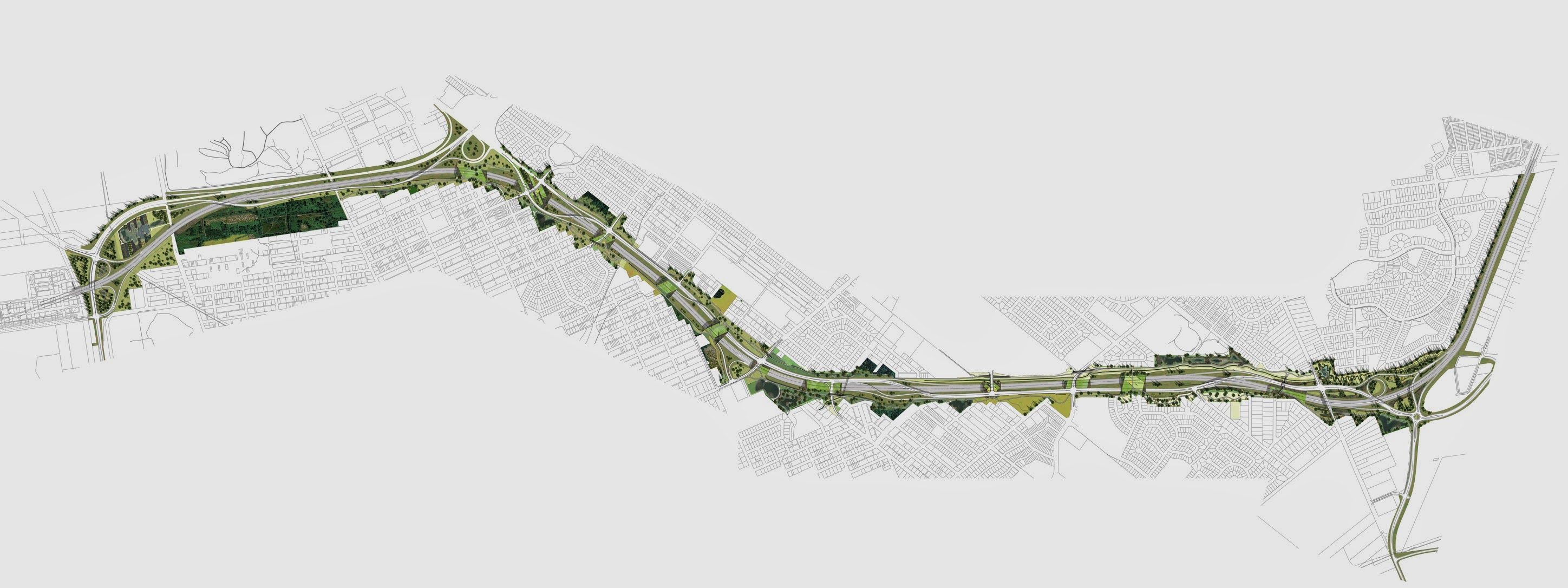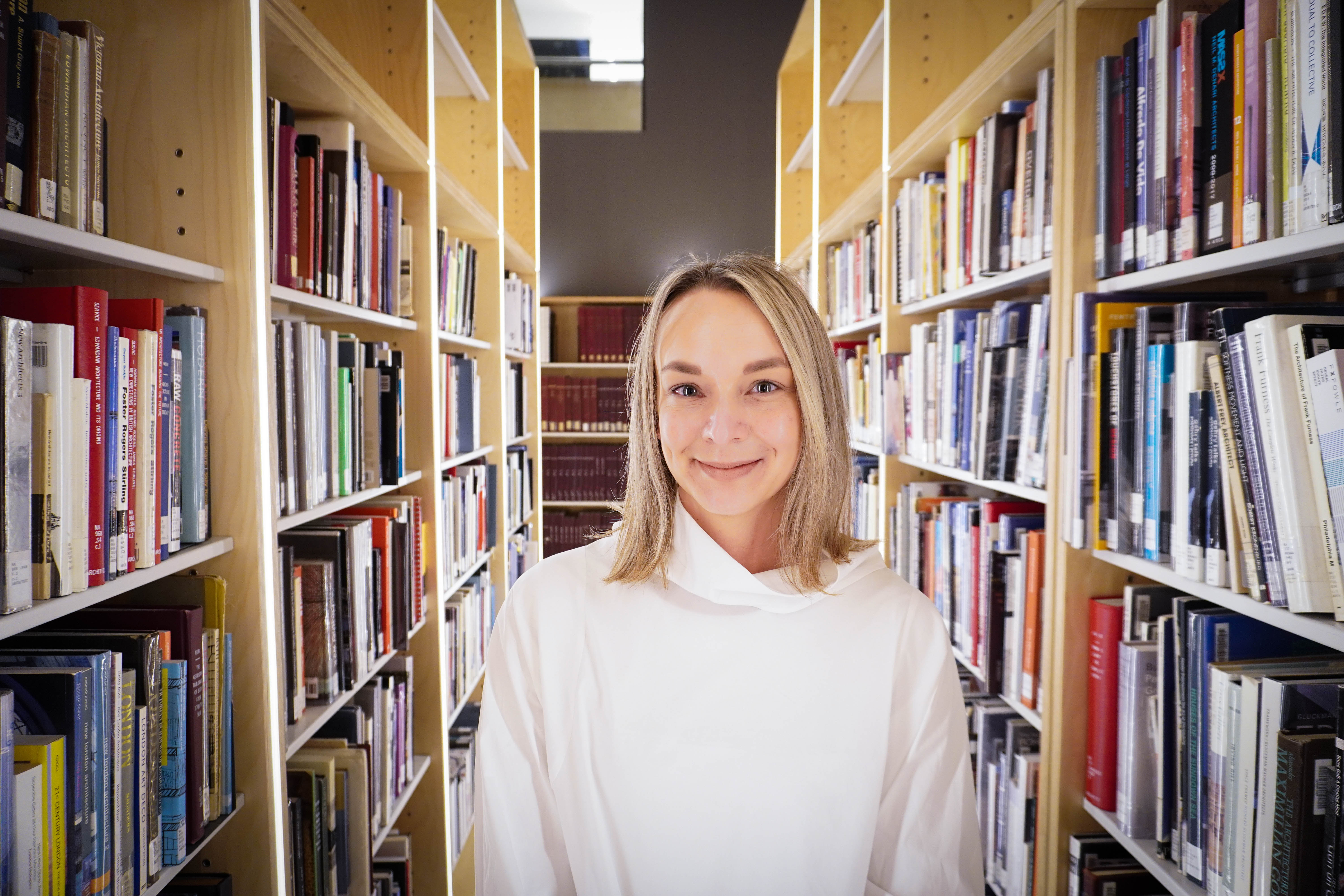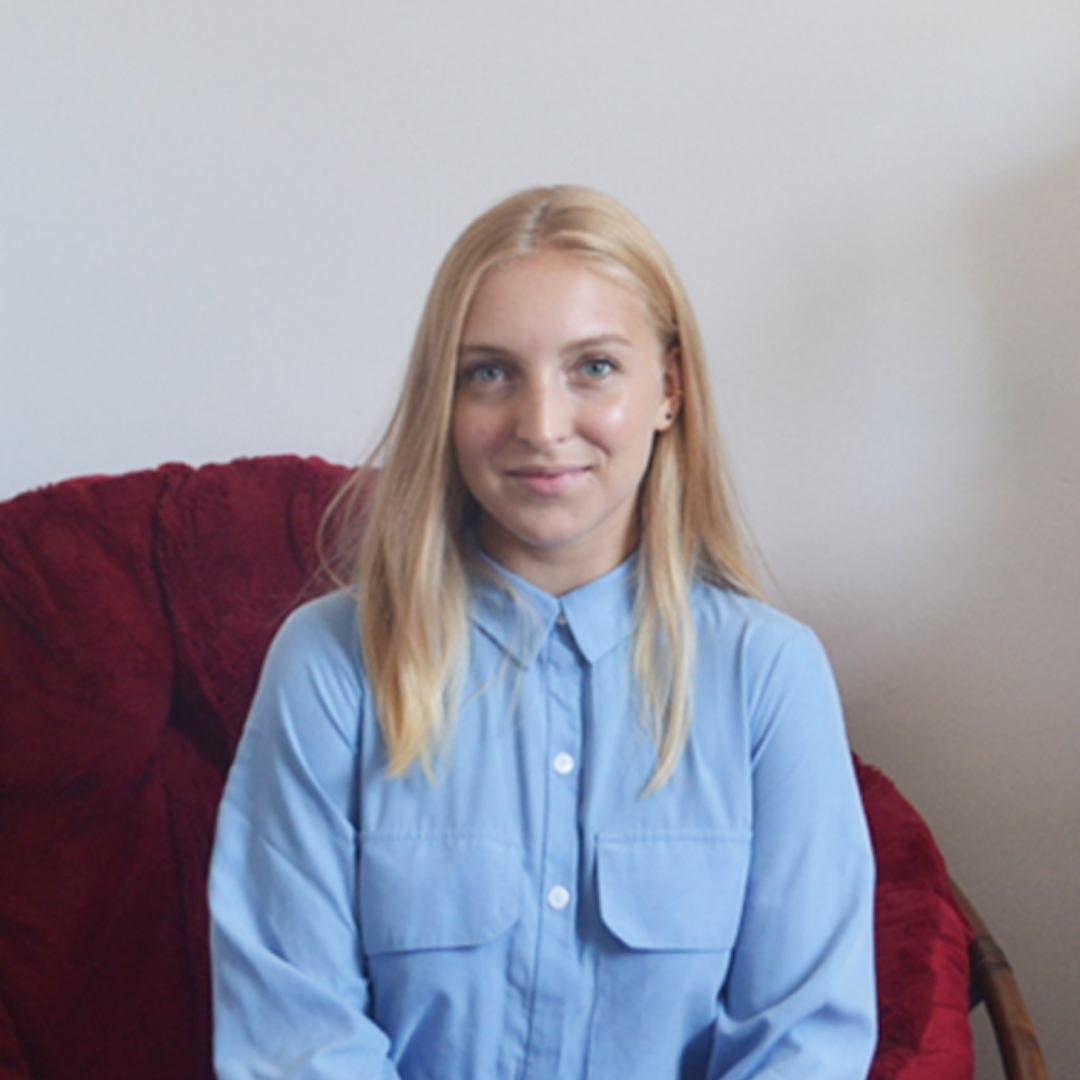07.03.25 - From South Africa to Toronto: Onu Okoli’s journey as an international architecture student
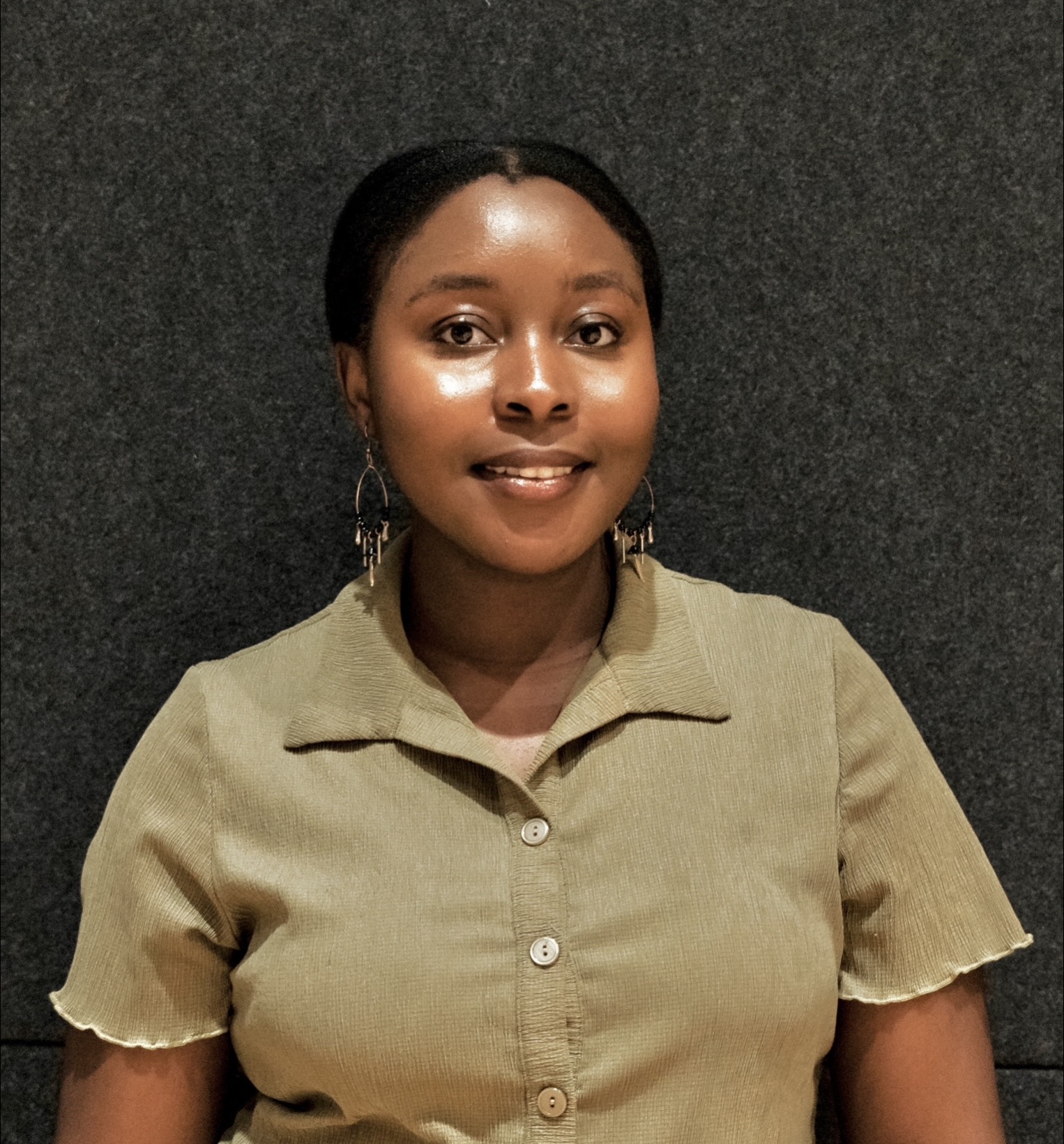
At the start of the 2023-24 school year, Onu Okoli boarded a flight from her home in South Africa, her life packed into several suitcases, ready to begin her studies in Toronto. We get a firsthand view of Okoli’s journey in the 22-minute documentary International Students: First 48 Hours in Canada. Now in her second year of the Bachelor of Arts in Architectural Studies (BAAS) program at the Daniels Faculty, Okoli reflects on her experiences as an international student at the University of Toronto, offering valuable insights for others considering a similar path.
From grappling with the decision to pursue architecture to settling into residence and immersing herself in the vibrant culture of Toronto, Okoli shares her perspective on life as a student in one of the world’s most diverse and exciting cities.
To go back to the beginning: What influenced your decision to study at the University of Toronto? Was architecture always the subject that you wanted to pursue?
I honestly was not certain about what I wanted to study, and struggled a lot to make the decision as I was finishing high school. It always seemed like a far away idea that I had played around with in thought, but then suddenly I was confronted with the need to make a decision when university applications started opening up. I think I always knew deep down inside I wanted to pursue architecture, I just kept ignoring and avoiding it because I didn't know much about architecture at all. I had never even met an architect in person and thought it was an unrealistic desire. Eventually, after many hours spent on aptitude tests, and long, hard conversations with those close to me, I dove head first into my pursuit of becoming an architect.
I grew up in South Africa but was always very interested in studying abroad and experiencing life in another country while completing my studies. Eventually, along my long and wide search through hundreds of universities, I came across University of Toronto's Architectural Studies program at Daniels and really liked the idea of studying in the center of a city as bustling as Toronto and a school as notable as the University of Toronto. I did not expect to get in whatsoever but still submitted my portfolio by compiling my best works and was lucky enough to be afforded this opportunity.
In the documentary International Students: First 48 Hours in Canada, you shared your journey to Canada from South Africa (including the airline losing your luggage!) After filming stopped, how did you find settling into your new home on campus?
Settling into residence was surprisingly one of the most exciting parts of my journey. Living in residence, surrounded by other first-year students who were often new to the city or even the country, gave me the chance to explore the city with others and slowly learn our way around. The first few weeks in residence were filled with excitement, and I had the opportunity to make new friends and try new things.
Being so close to campus made life much more convenient, especially as an architecture student, traveling back and forth with huge rolls of paper and models. Residence life has definitely been a big part of my journey here—so much so that I’m now working as a Don, which is pretty funny considering where I started.
What are your top tips for future international students thinking of attending U of T or the Daniels Faculty in the fall? Was there one thing in particular that prepared you the most before you left home?
I think you just have to dive into the process head first. No matter how many “days in my life as a U of T” student videos I watched or how many notebooks and drawing materials I packed, nothing can really prepare you for an experience as new as university life.
I think it takes some adjusting, especially coming from a different country, but it's important to remind yourself that you were admitted into the school for a reason. The University of Toronto receives over 150,000 applications each year, meaning that someone clearly thought you were capable of and highly deserving of the chance to be here. Trust in yourself and try your best! Everything will eventually end up just fine.
Now that you’ve made it through your first year in the BAAS program here at Daniels (and first semester of second year), what has been your favourite course so far?
ARC200 Drawing and Representation II was definitely one of my favourite courses so far. We had the opportunity to choose a study street anywhere in Toronto and complete a set of studies on it, culminating in us providing a proposal for the site. Me and my partner chose a portion of Danforth under the Greektown BIA. I've now visited that area a dozen times and could probably map it from memory but the experience of being there, talking to locals and even eating amazing Greek food on the street patio will stay with me forever.
This project gave me the opportunity to explore a new side of the city in extreme depth. Lectures were very enjoyable because it taught me a lot about Toronto as a city and how it developed along with its main streets. My instructor, Reza Nik, was extremely encouraging, making the course enjoyable every step of the way, and I am proud of the work we produced in the end.
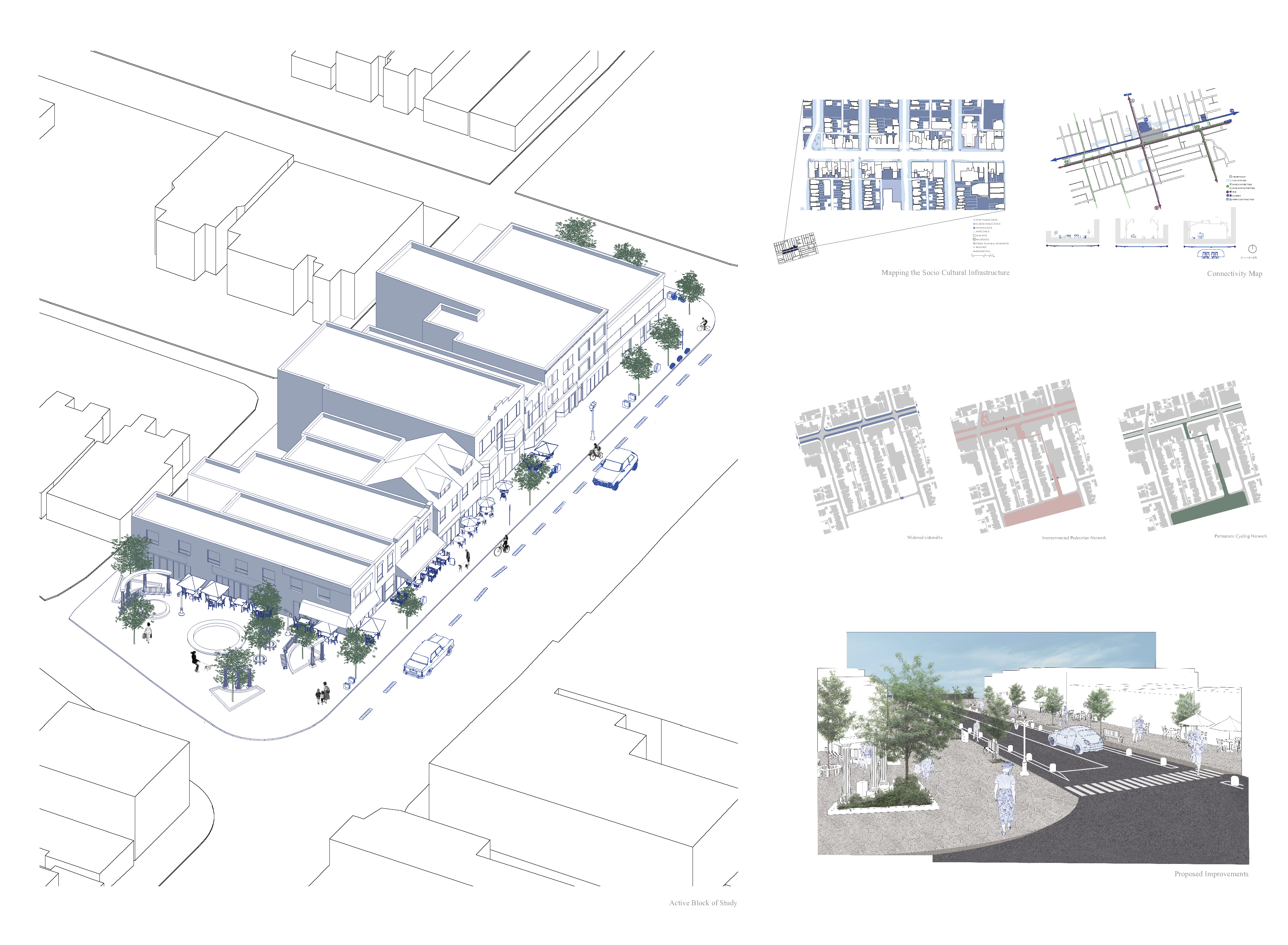
Project drawings by Okoli for ARC200 Drawing and Representation II.
What's the most surprising thing you’ve learned?
I think the most surprising thing I’ve learned is just how diverse Toronto is. Coming from South Africa, I didn’t expect such a mix of cultures, and it’s been pretty cool to see how much I can learn from meeting people from all over.
What are you excited about as you look ahead to summer and your third year on campus?
I look forward most to the weather warming up again! It's definitely still going to take a long while for me to get used to the cold and the snow. I'm really excited for the summer to recharge and explore more of Toronto. As for third year, I’m looking forward to having a more tailored academic experience with streams being introduced. It will be interesting to see how things develop. I’m also excited to continue meeting new people and simply gaining more life experiences.
It feels like every year brings something new and challenging, and I can’t wait to see what this next one holds!
